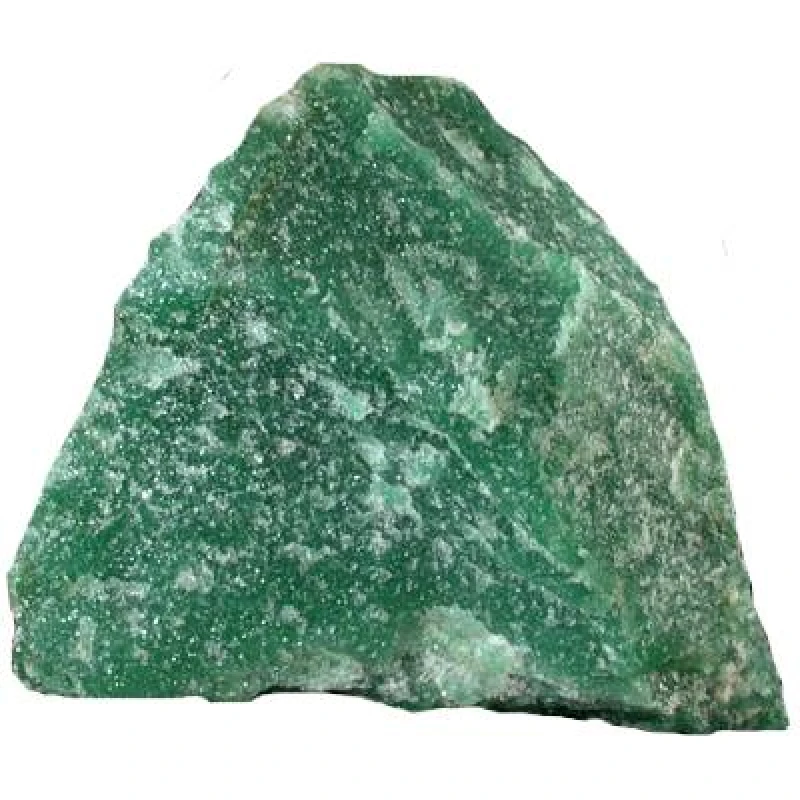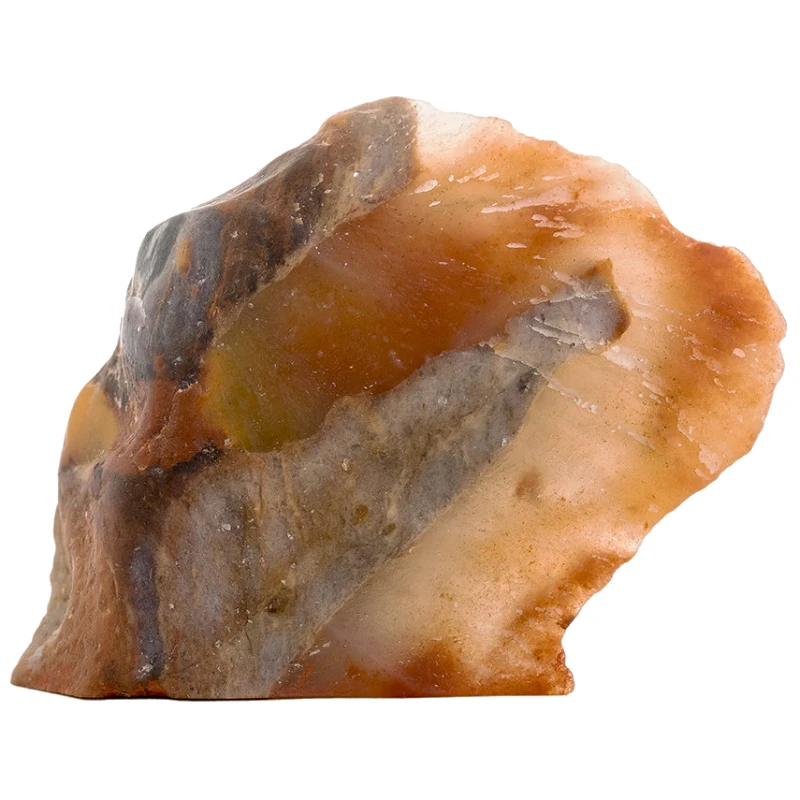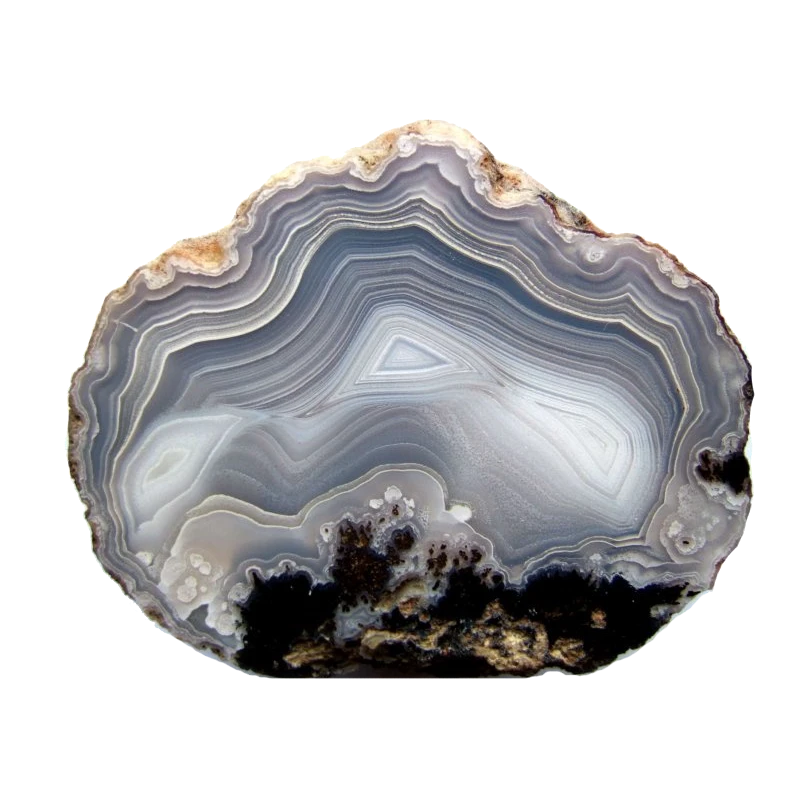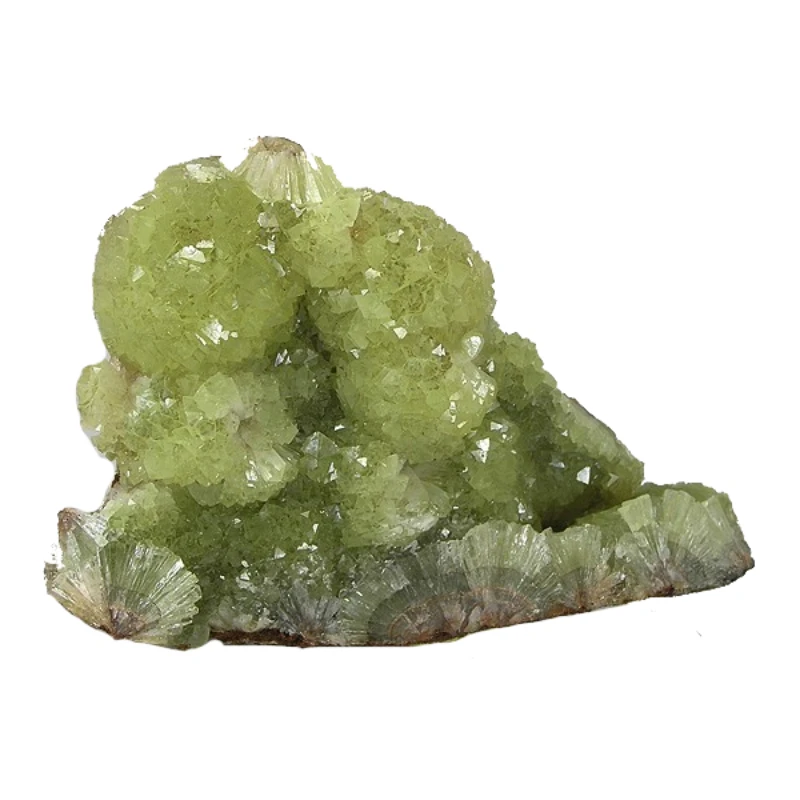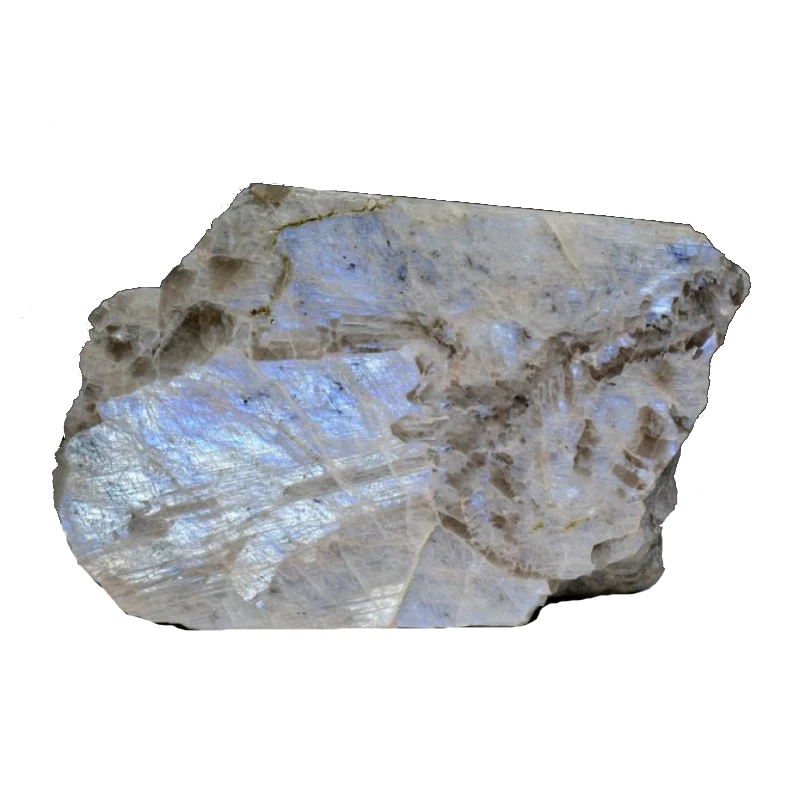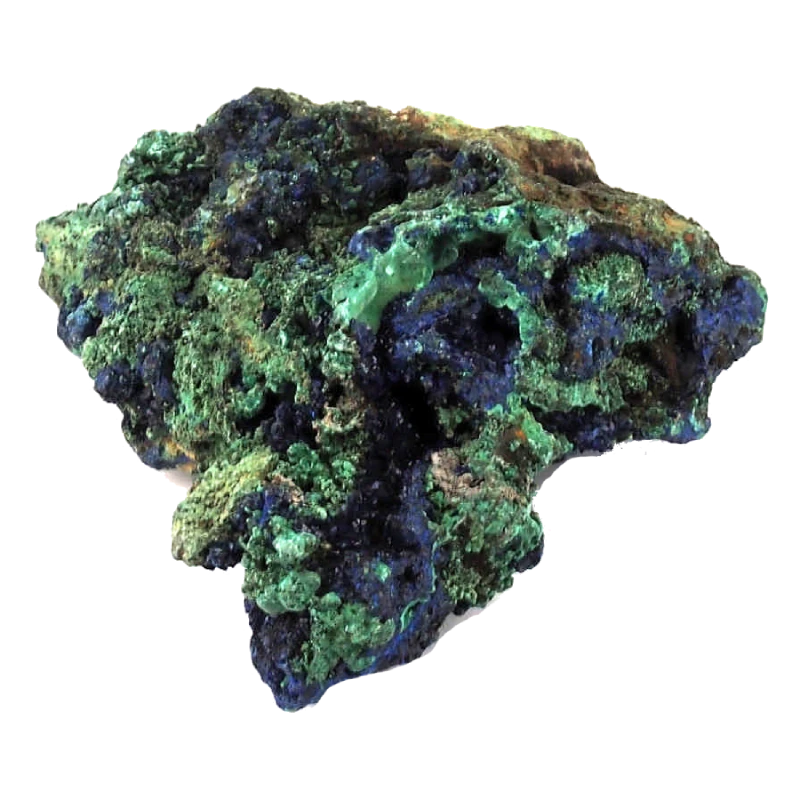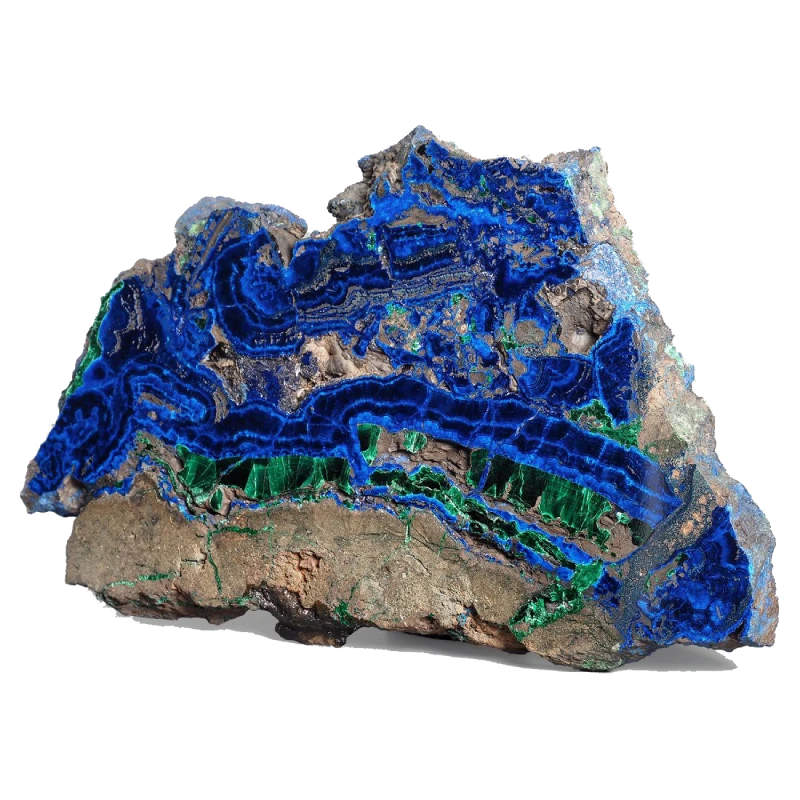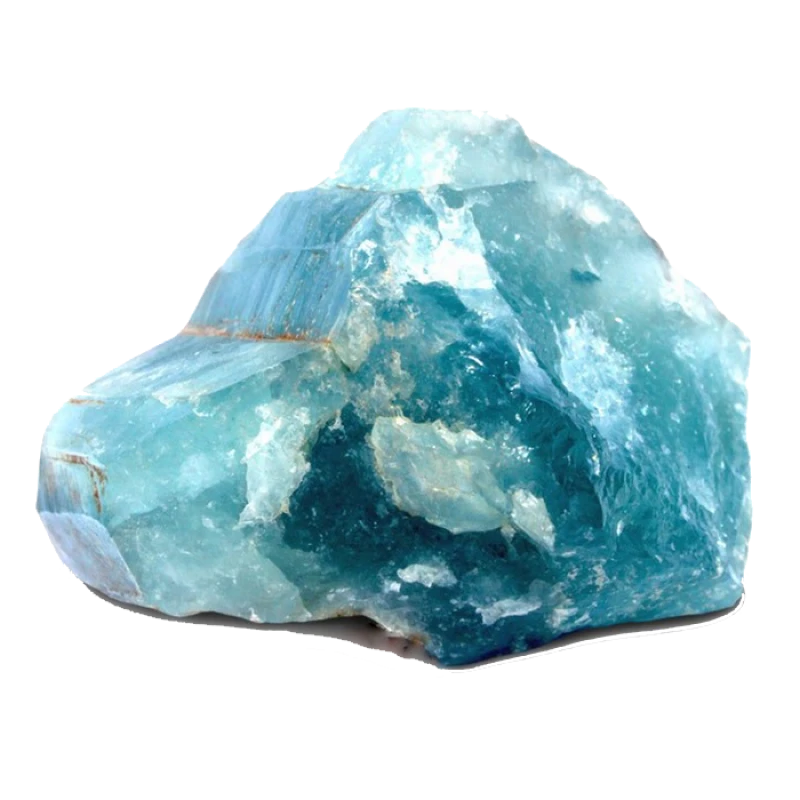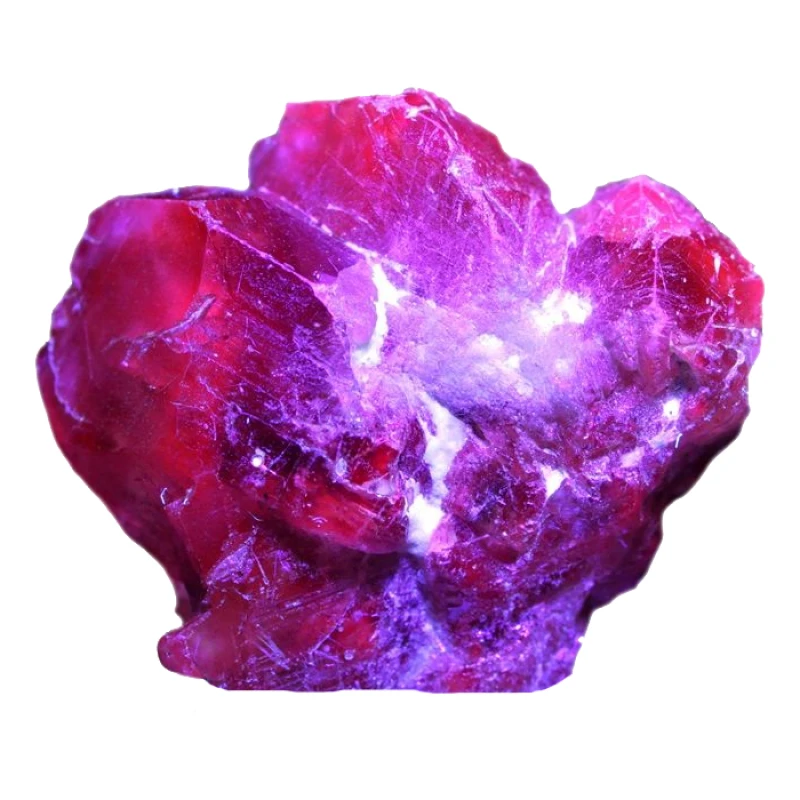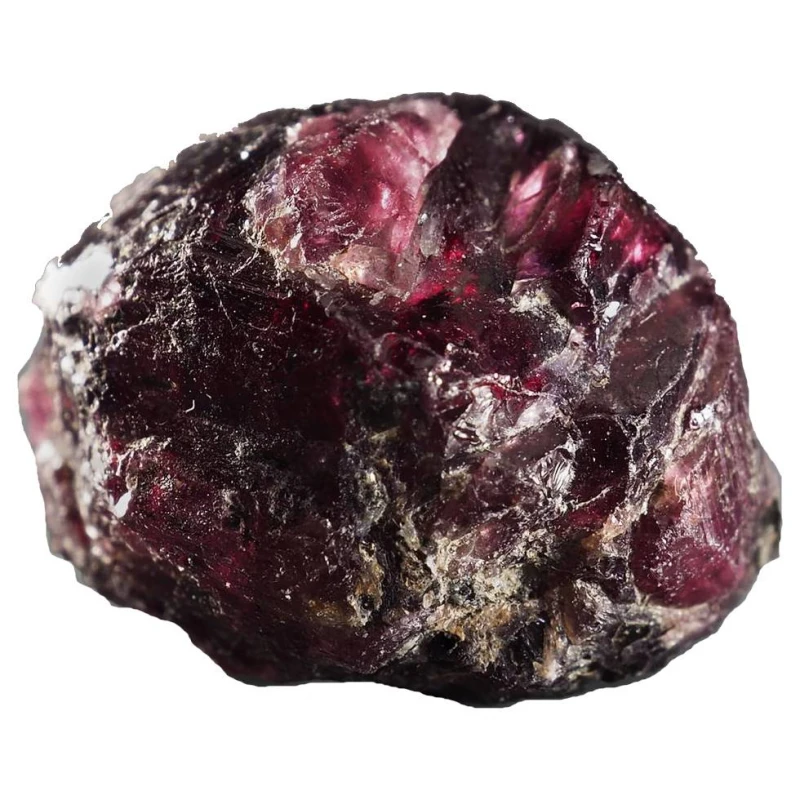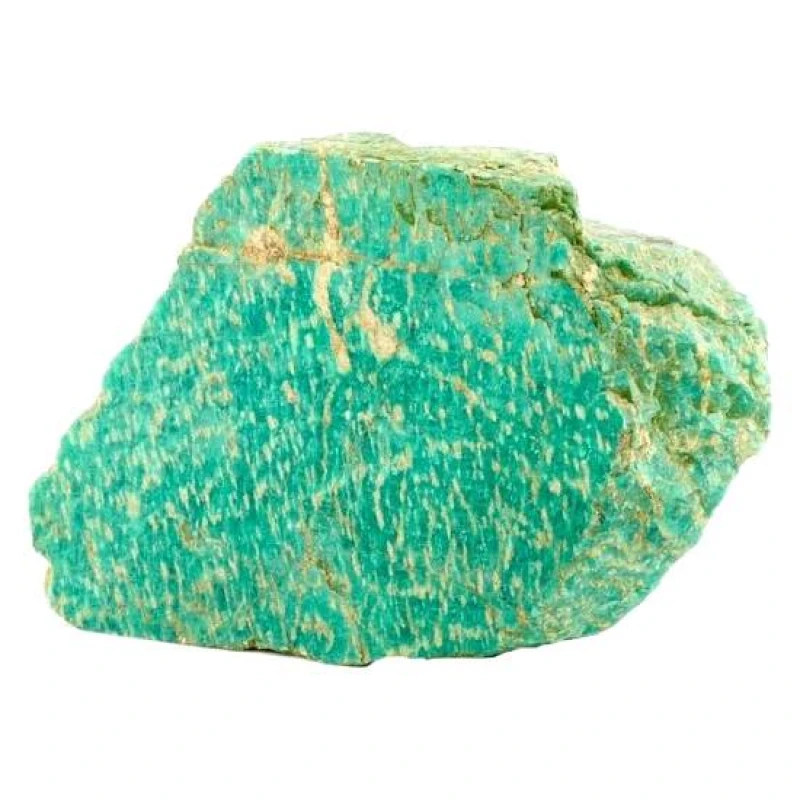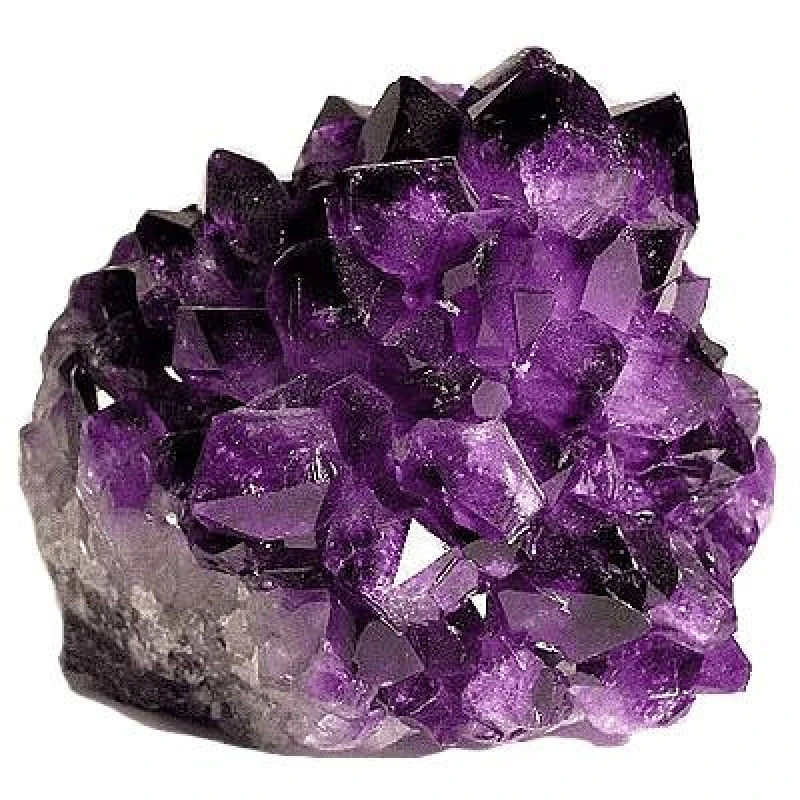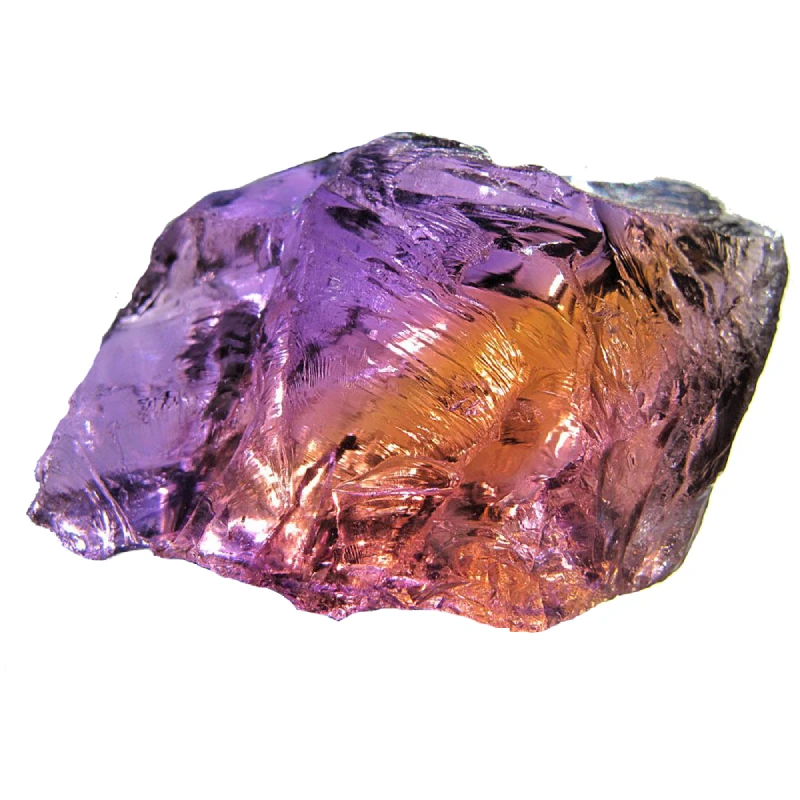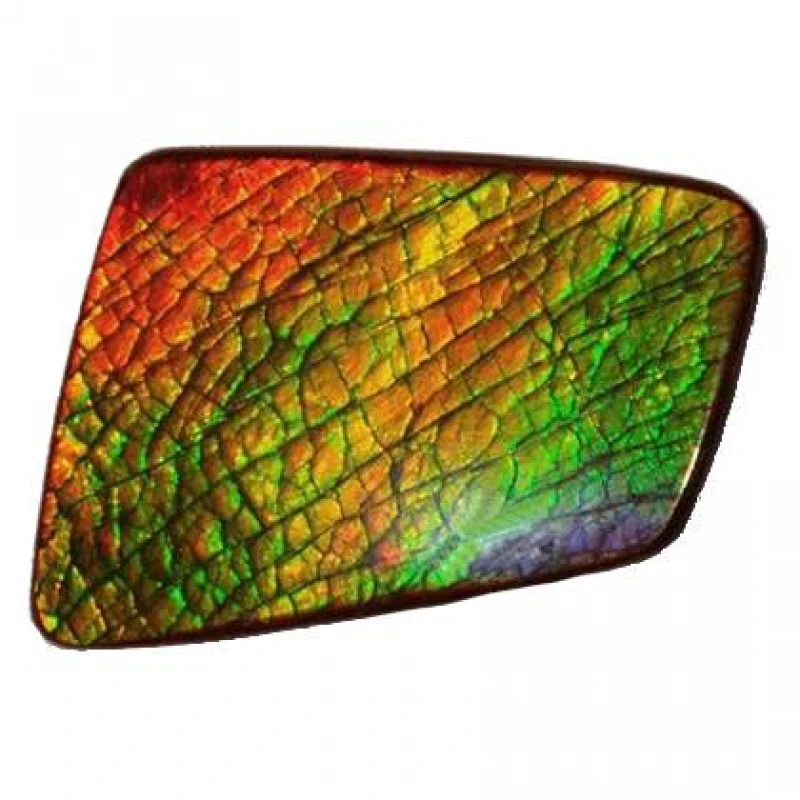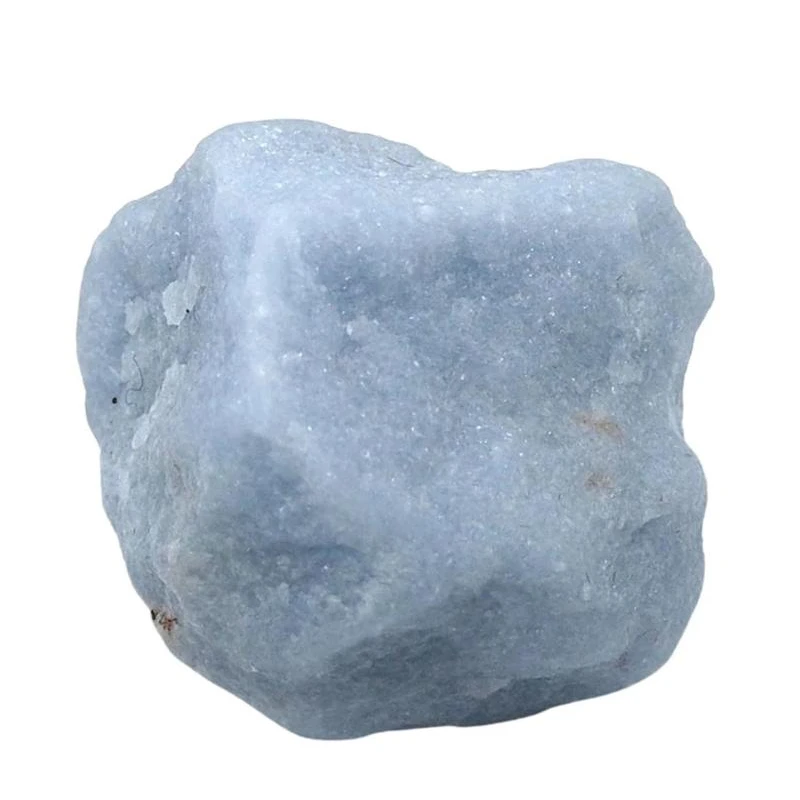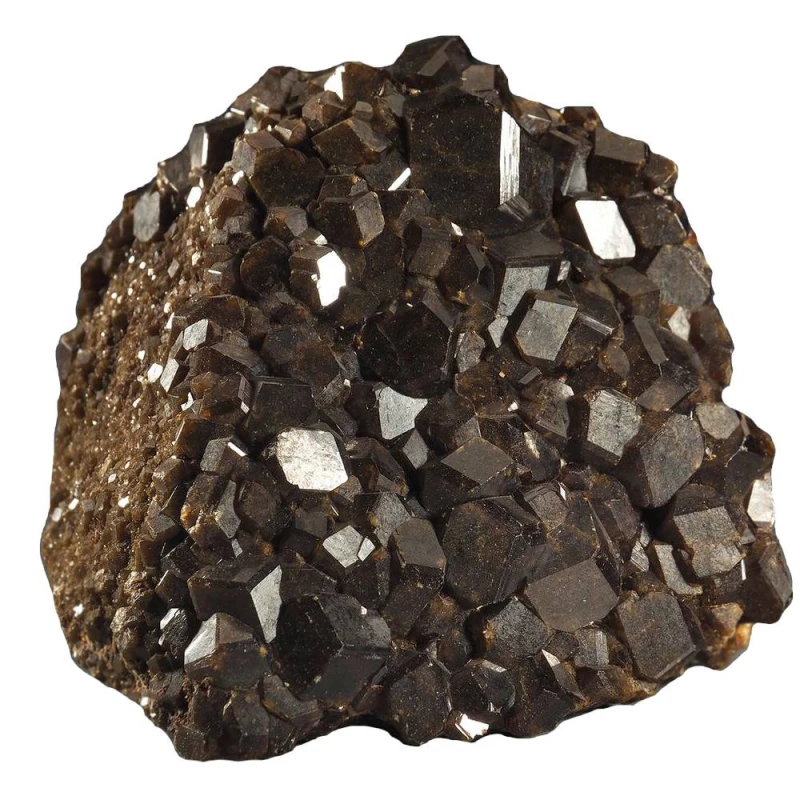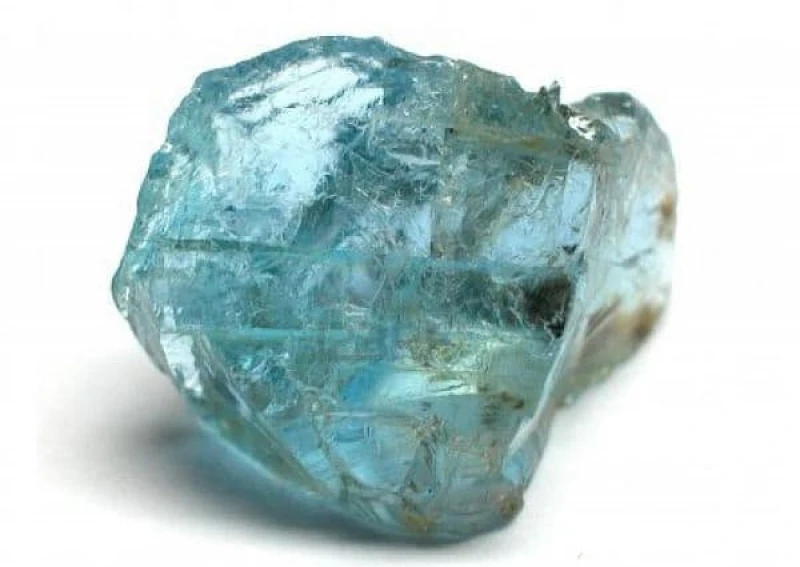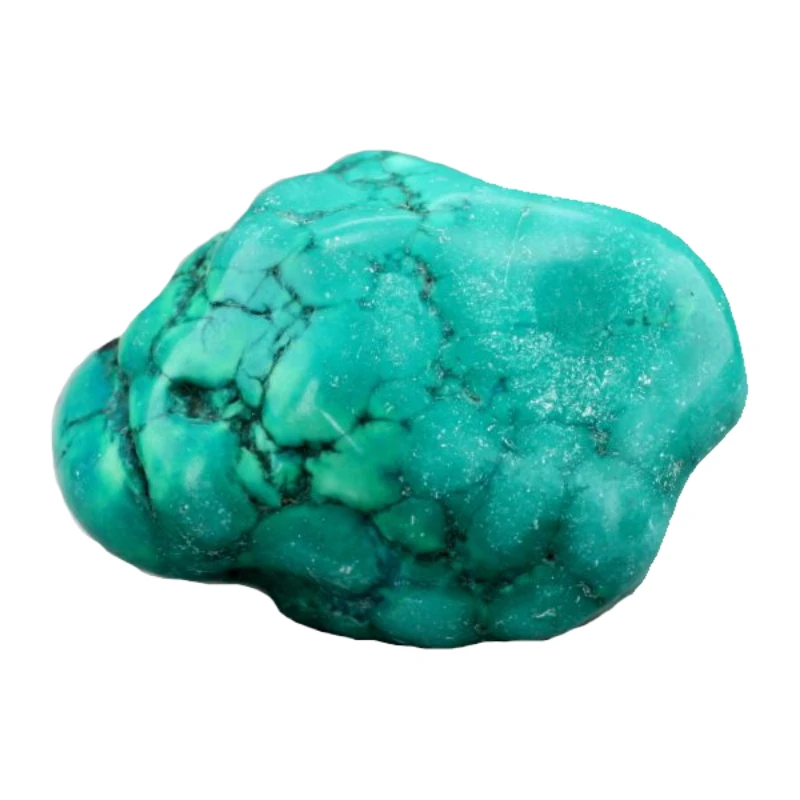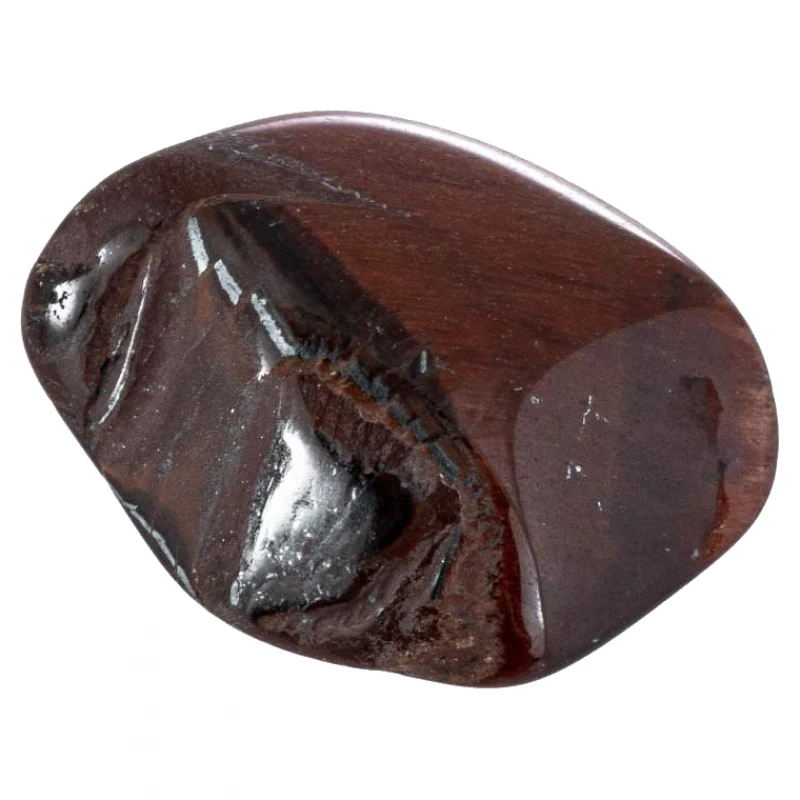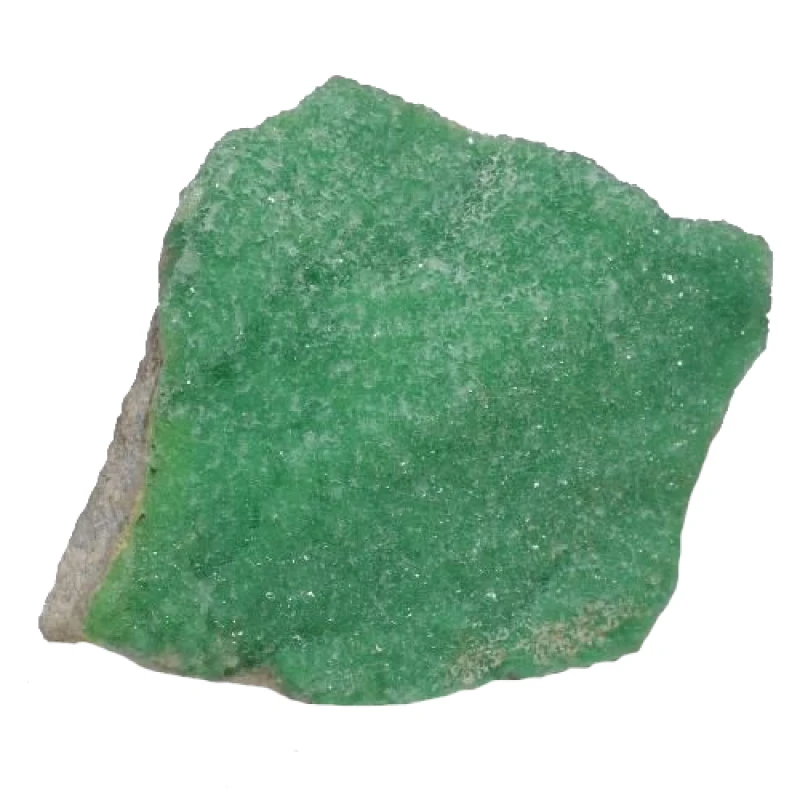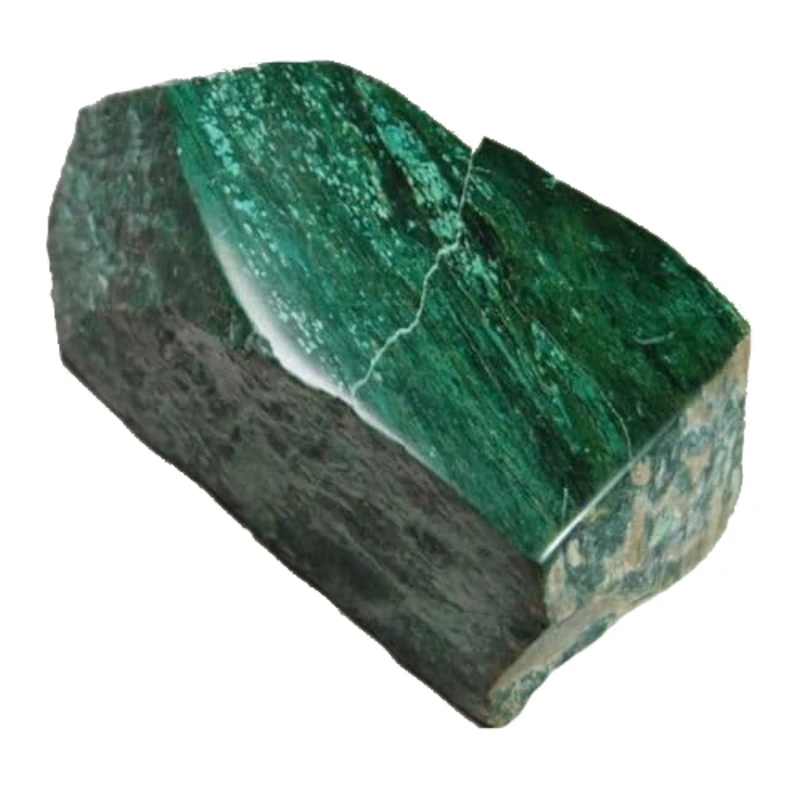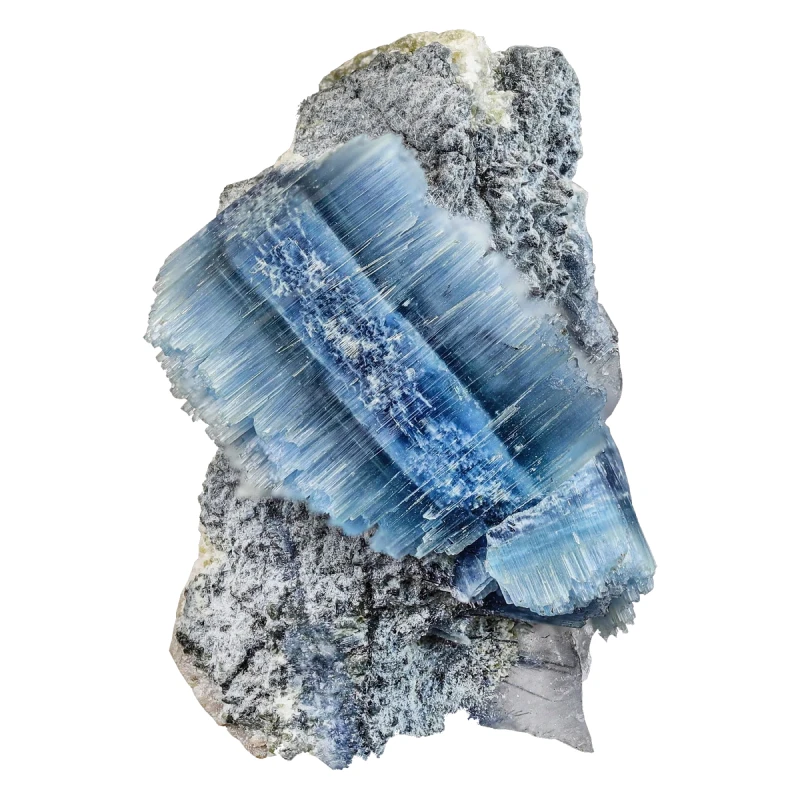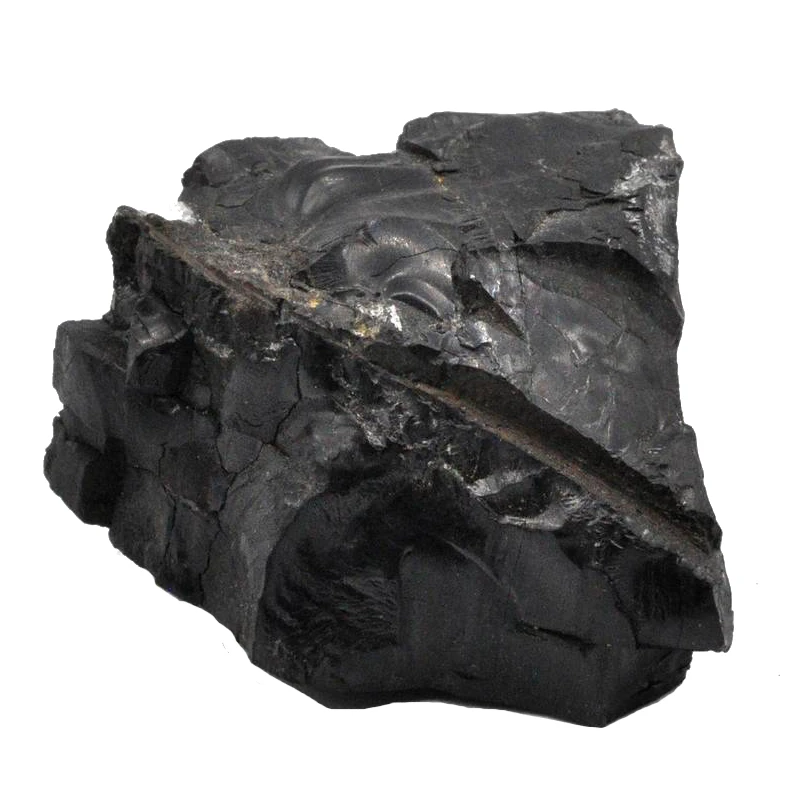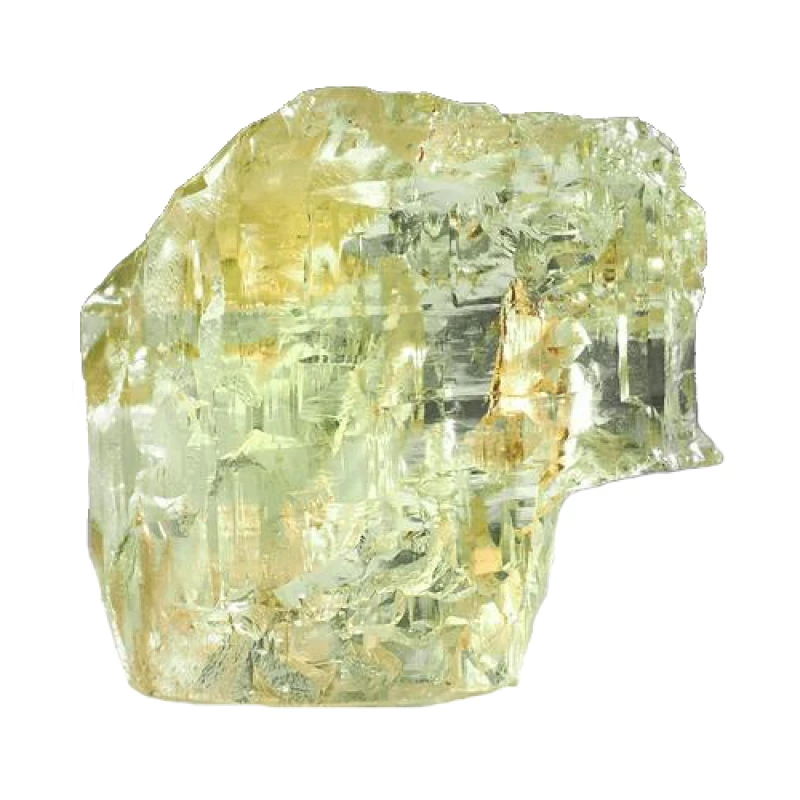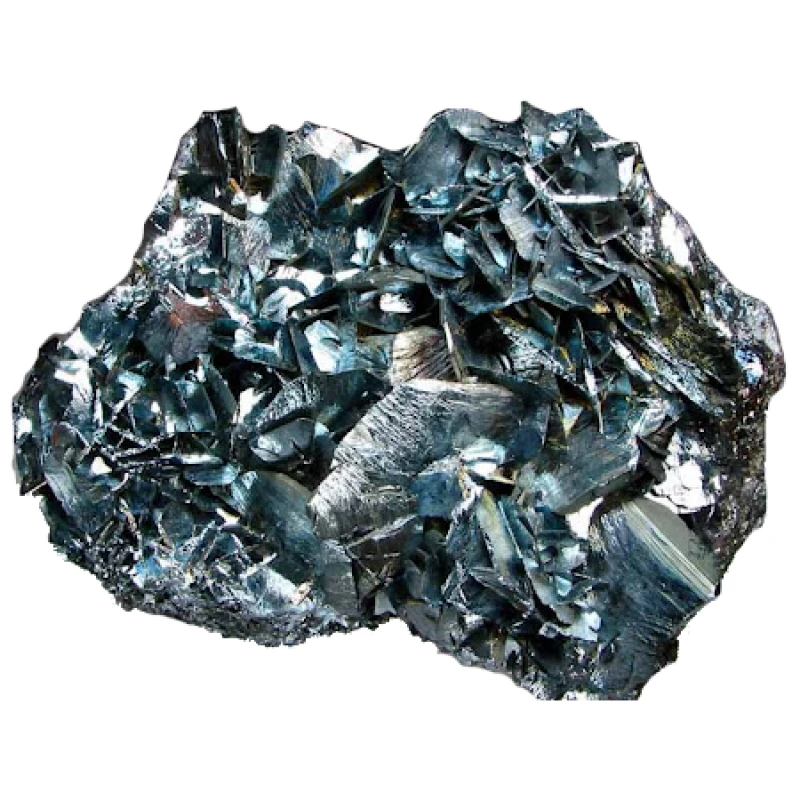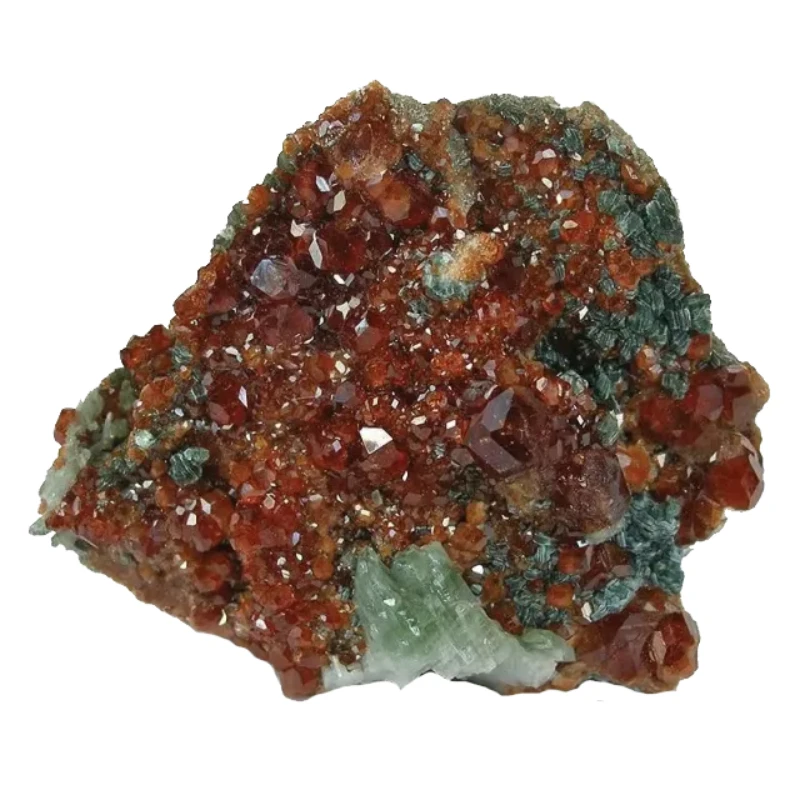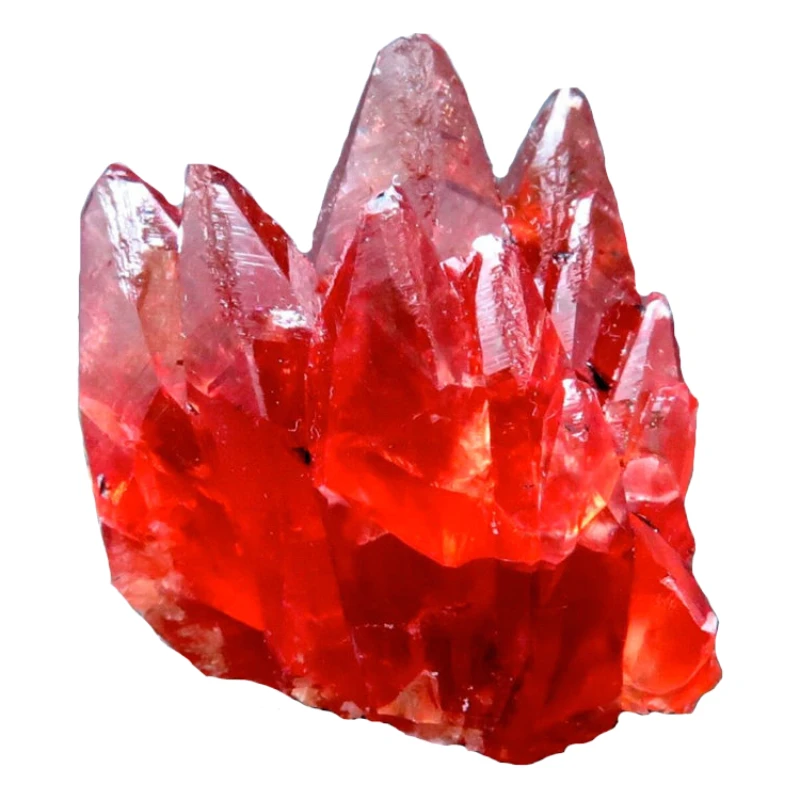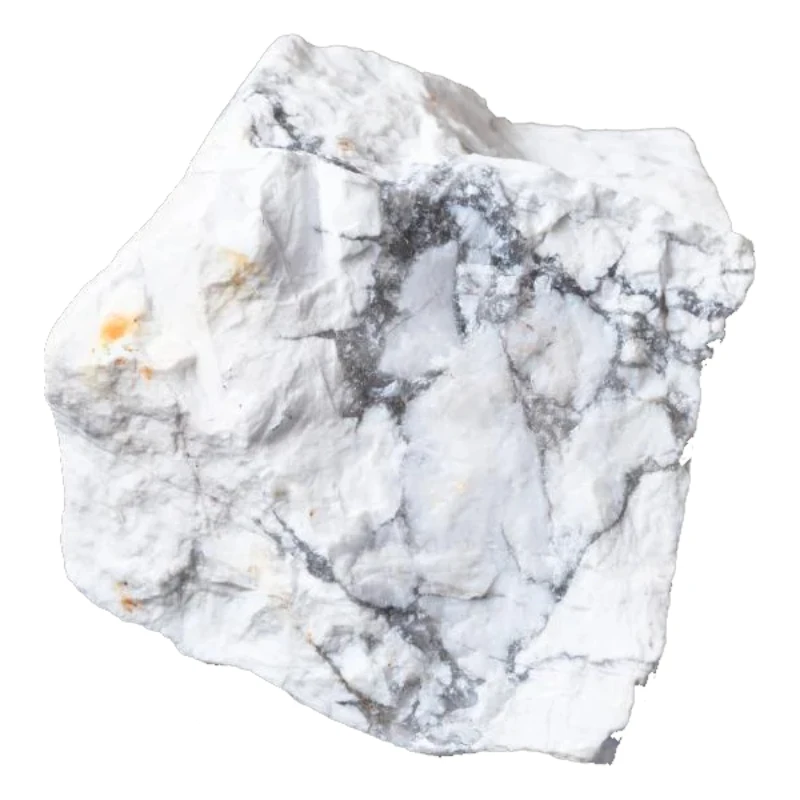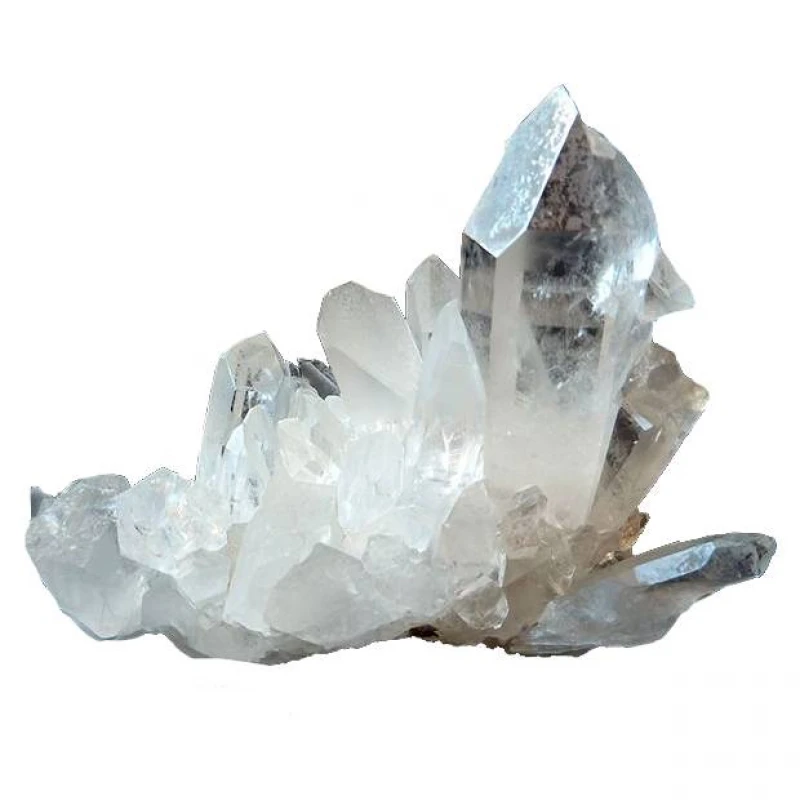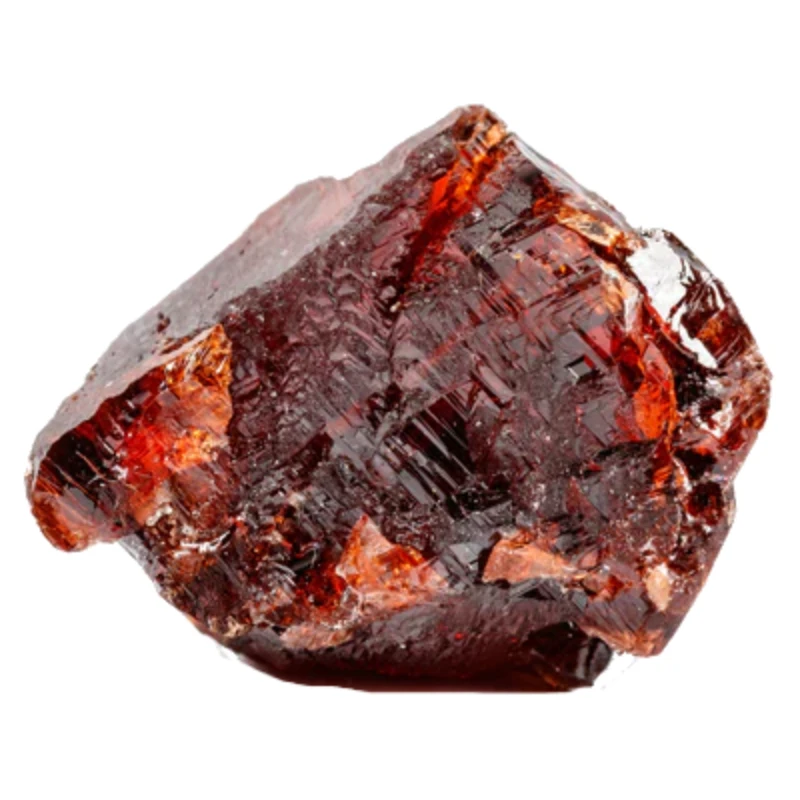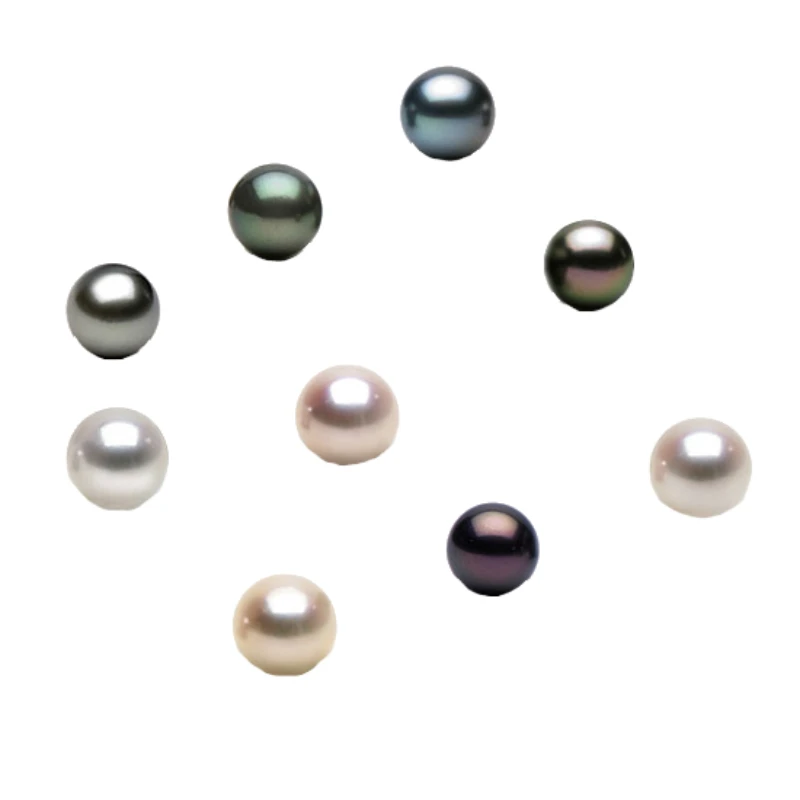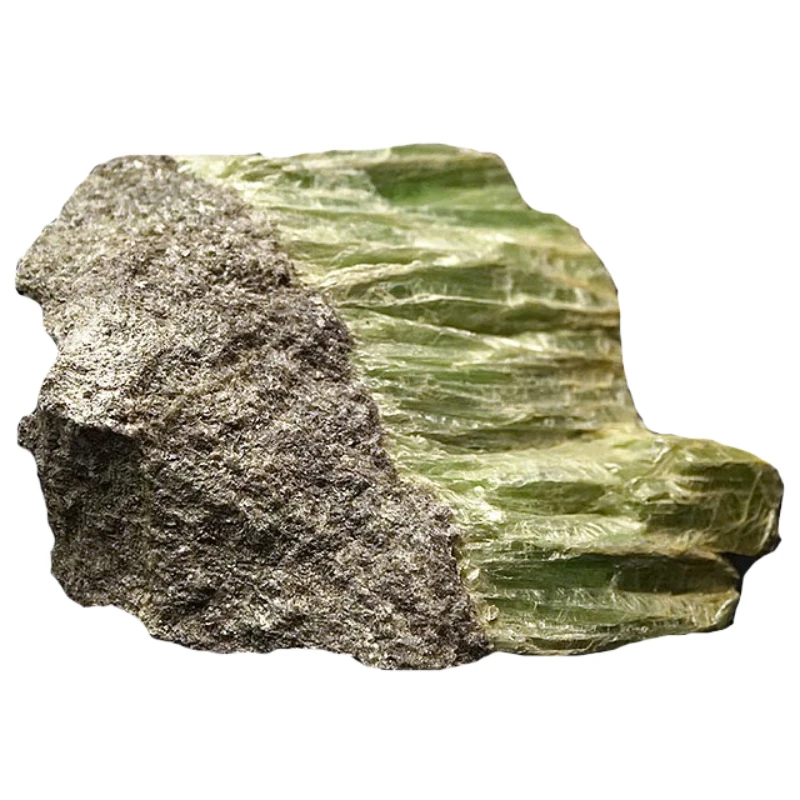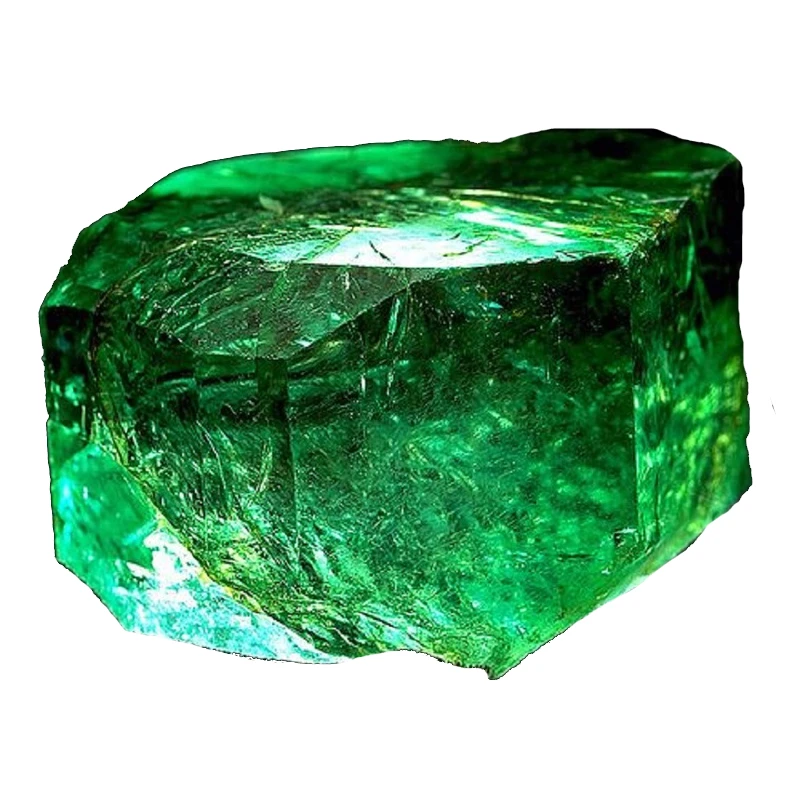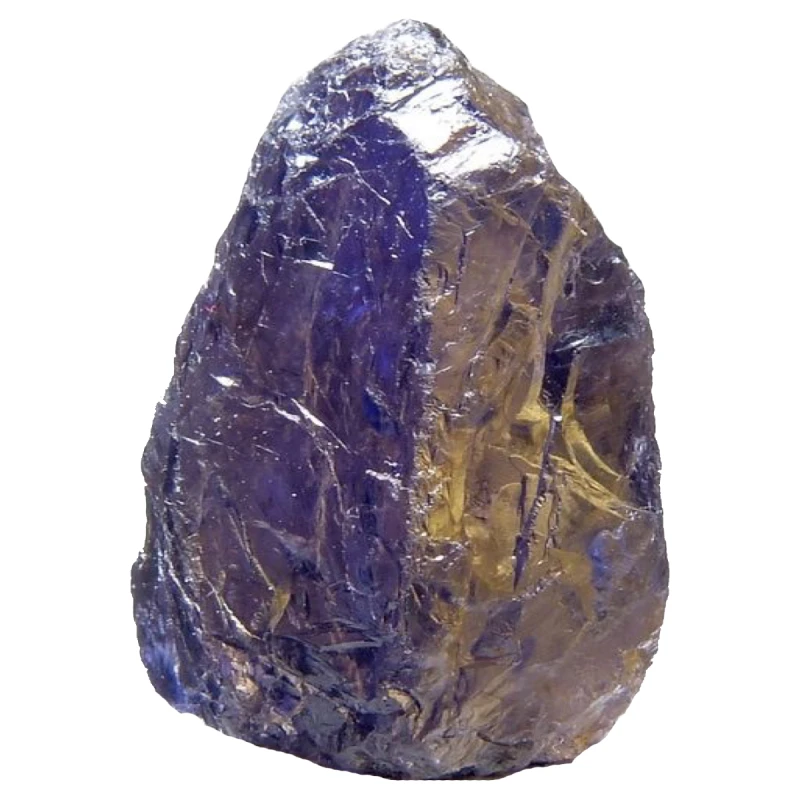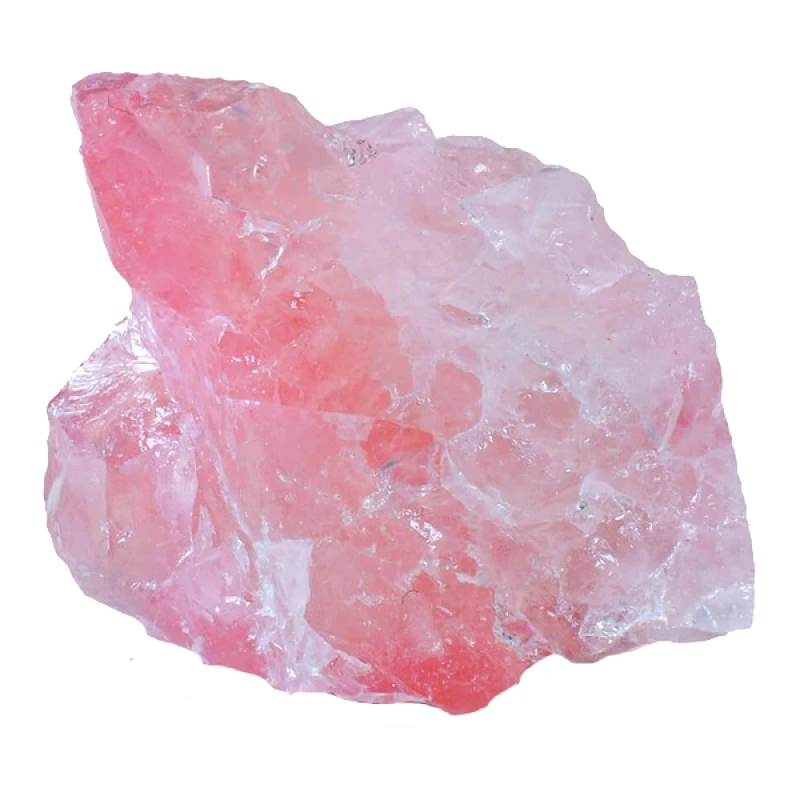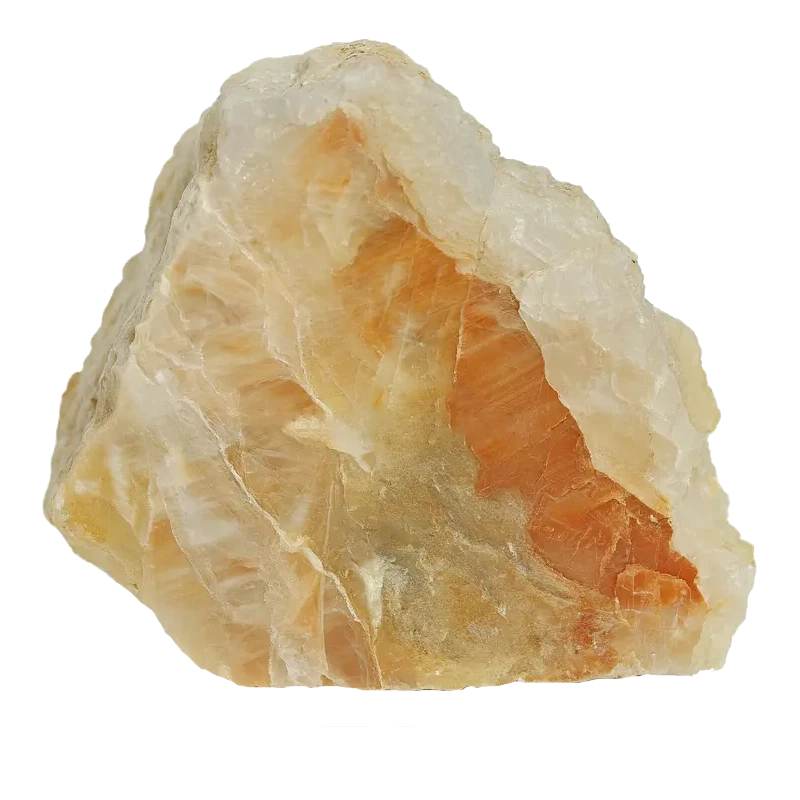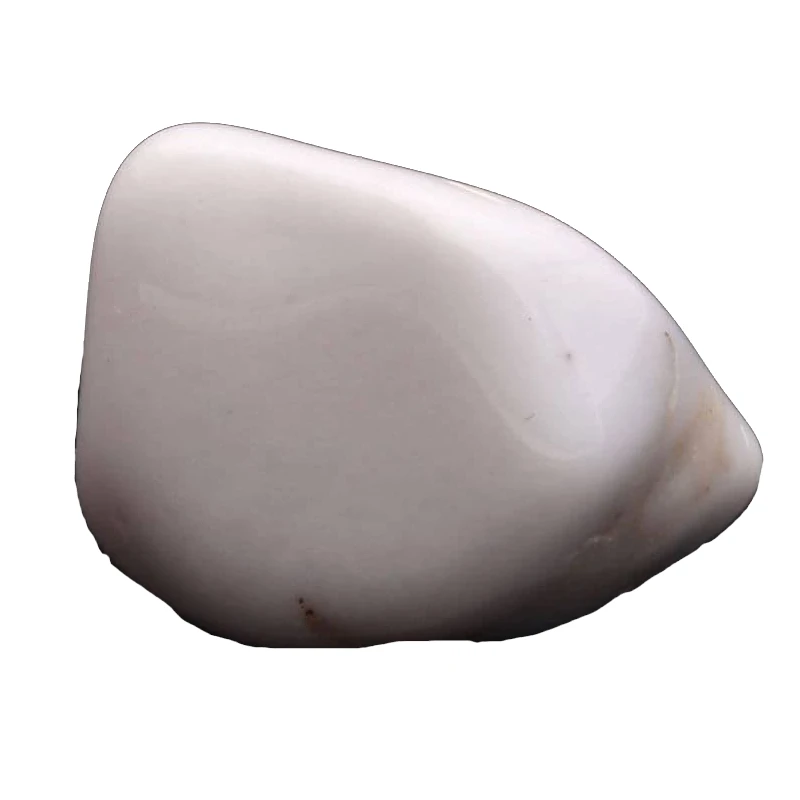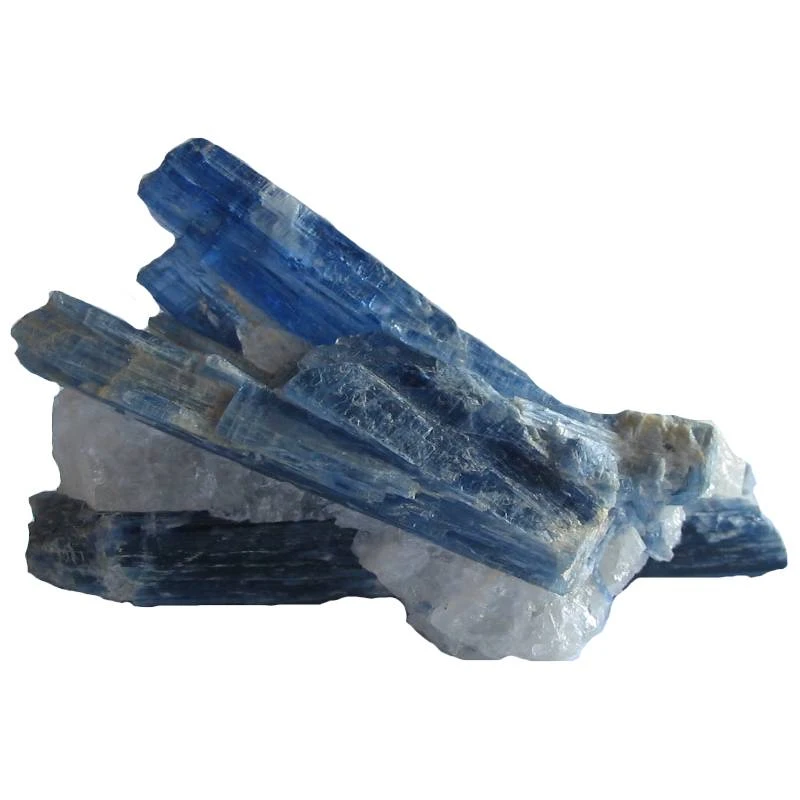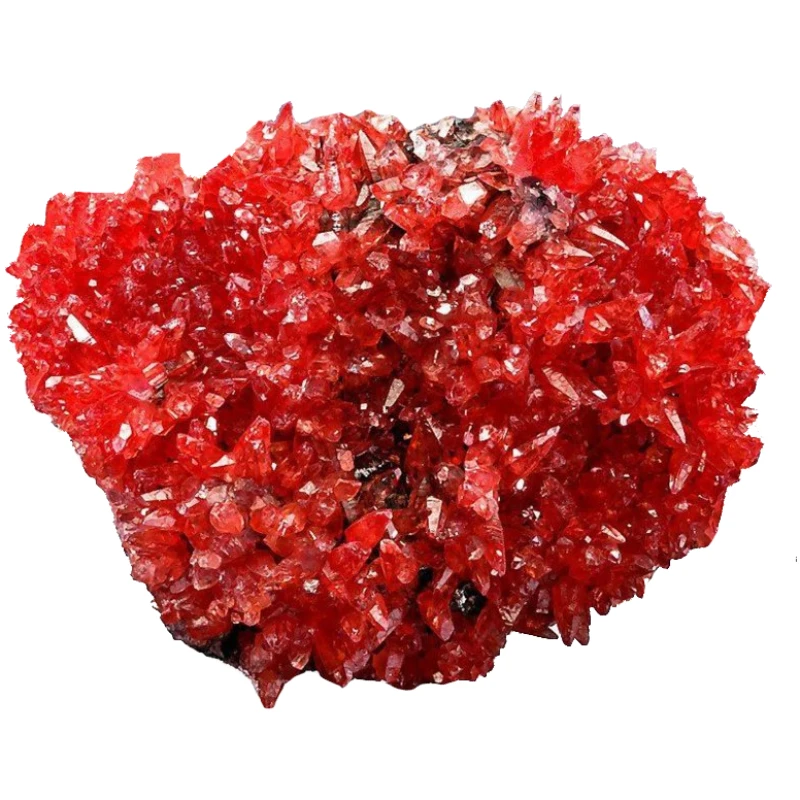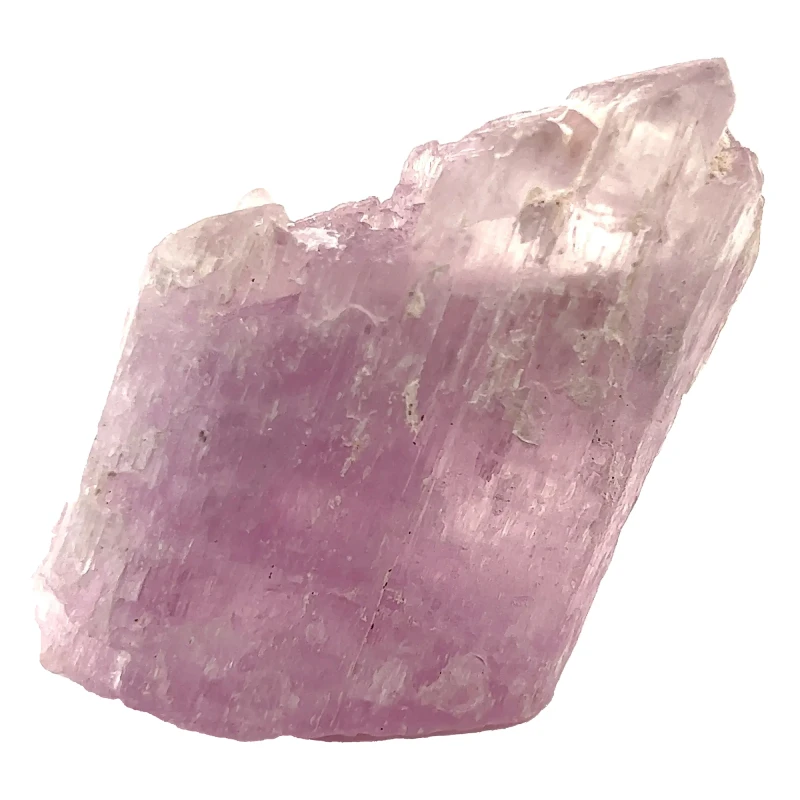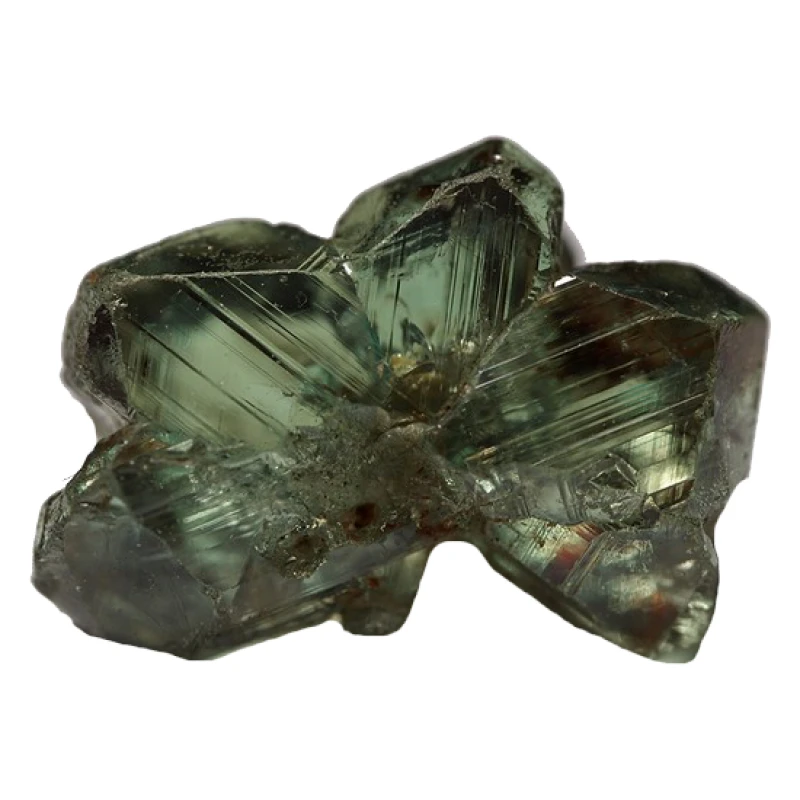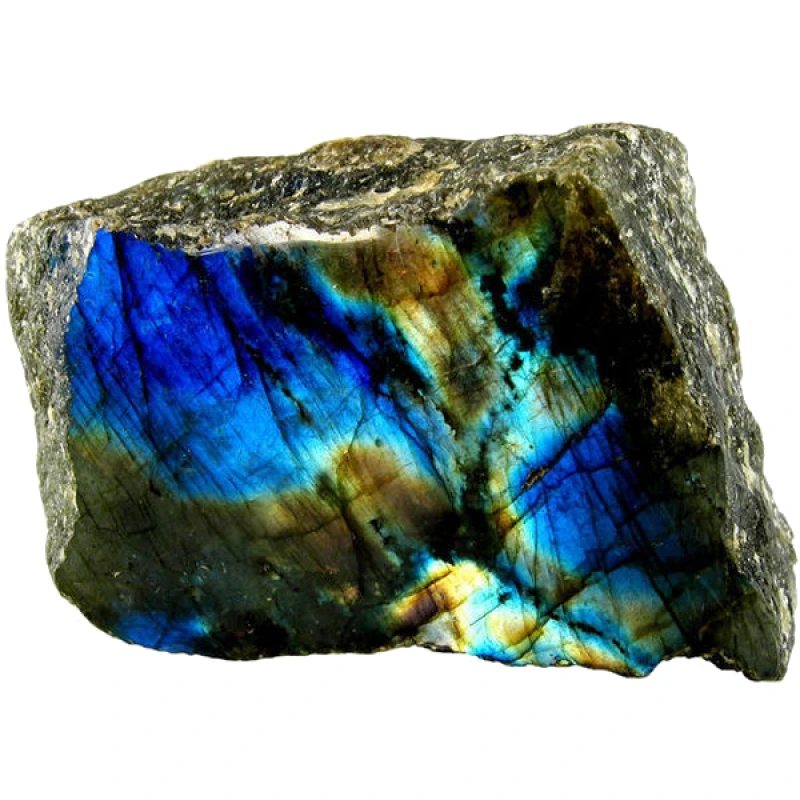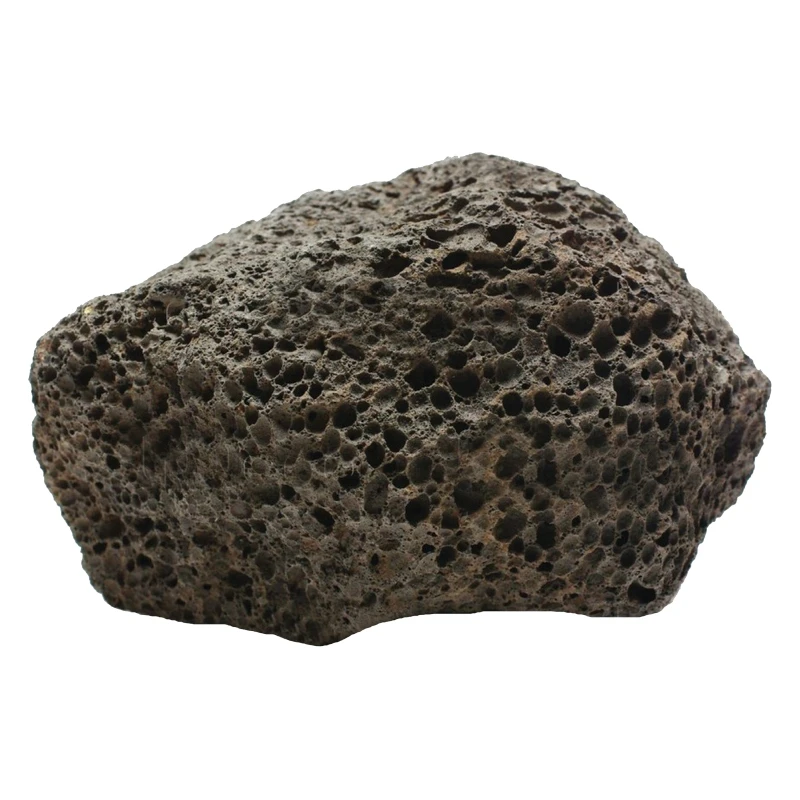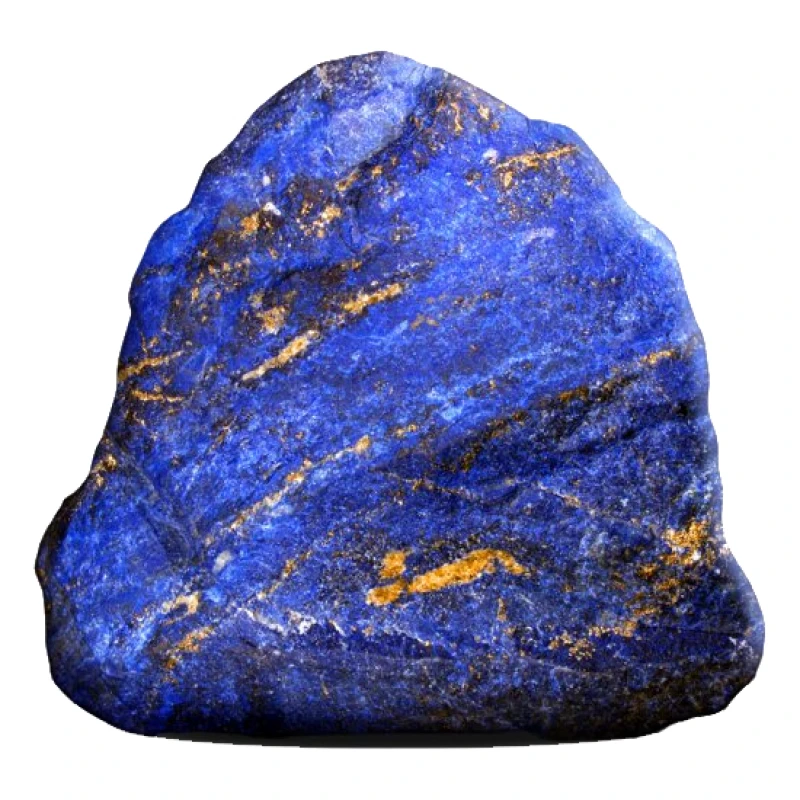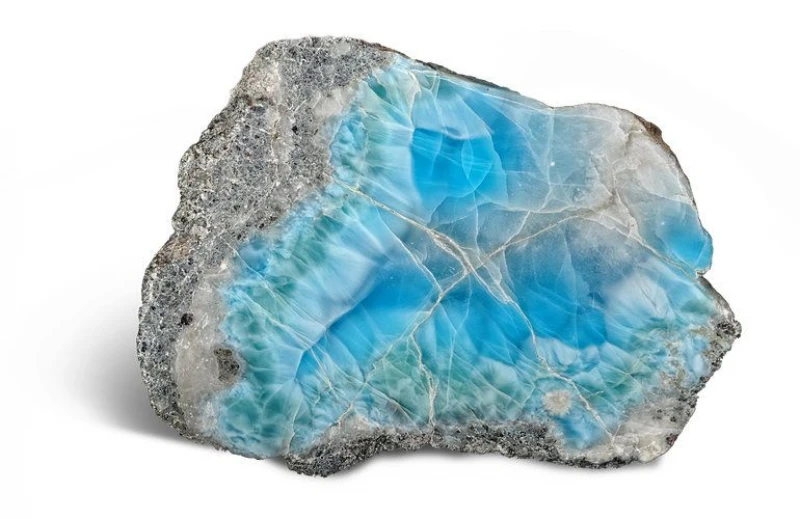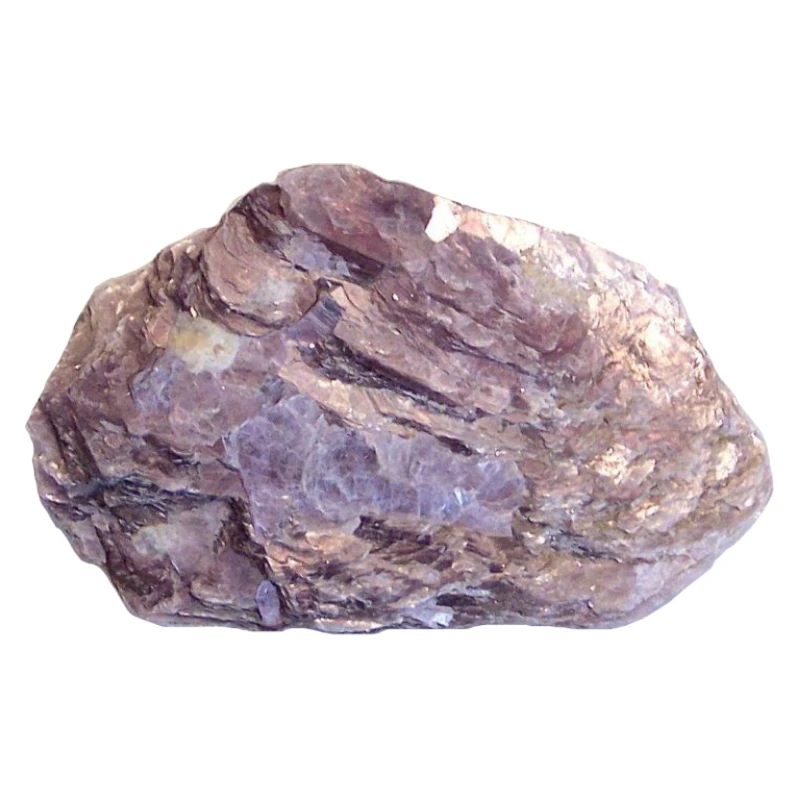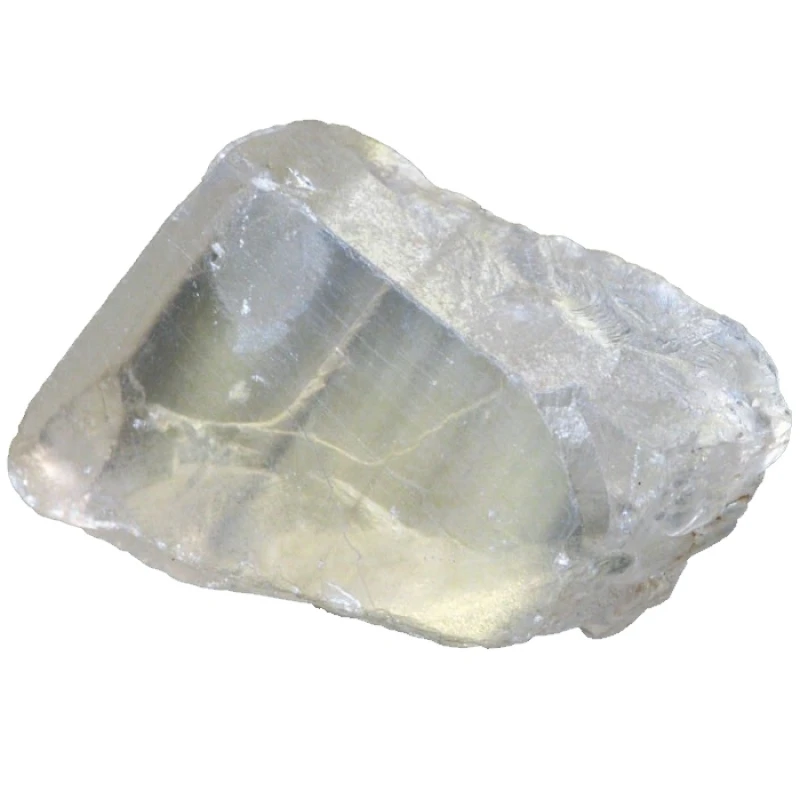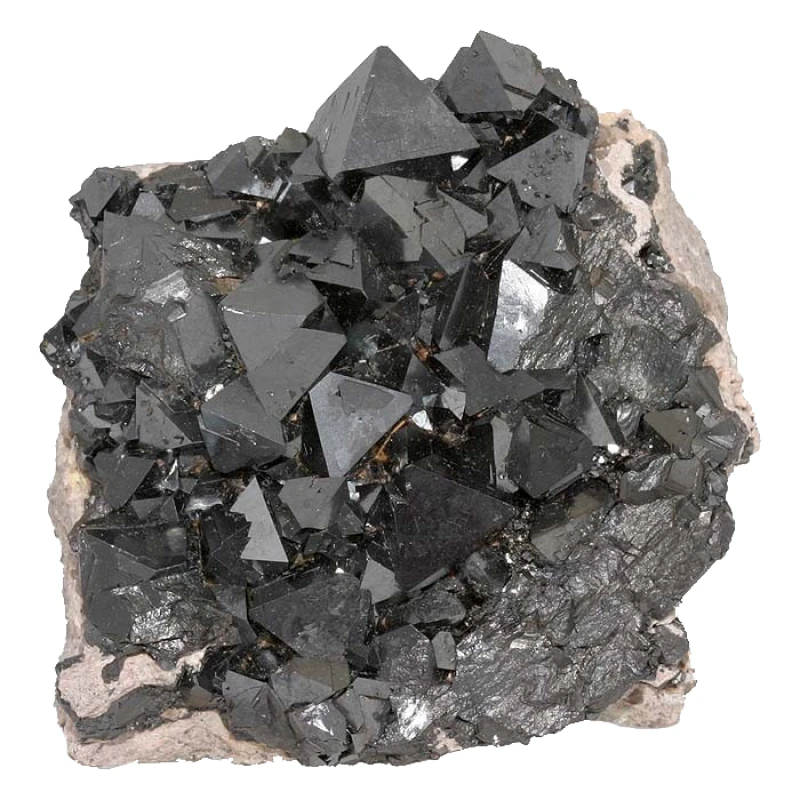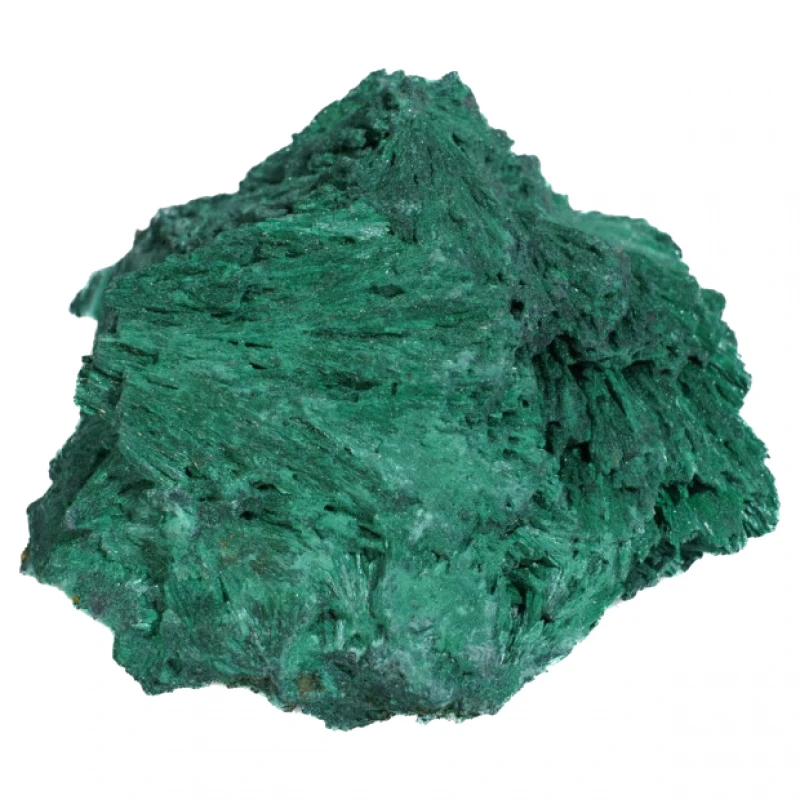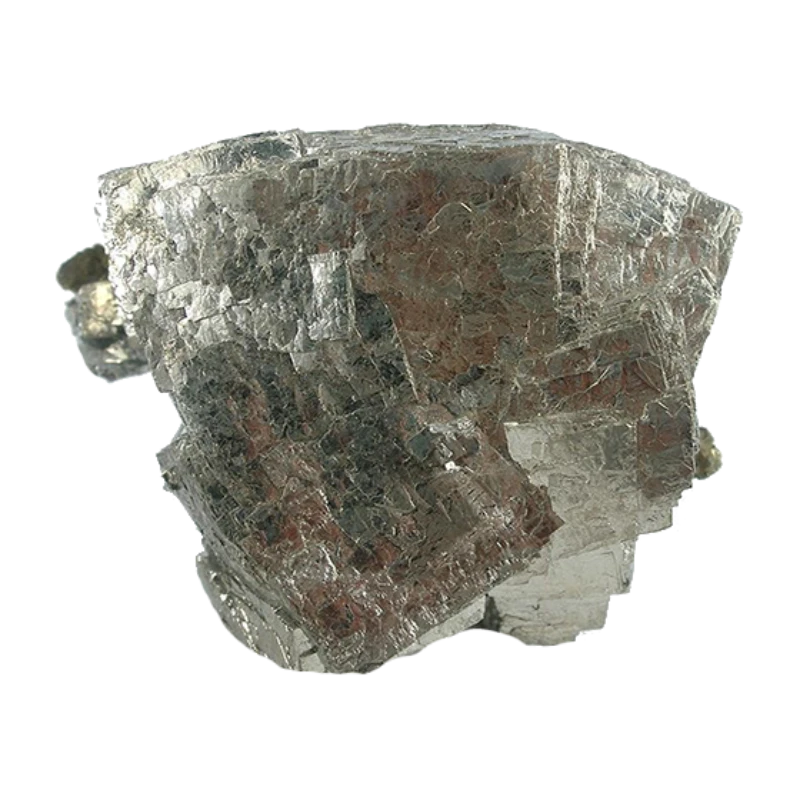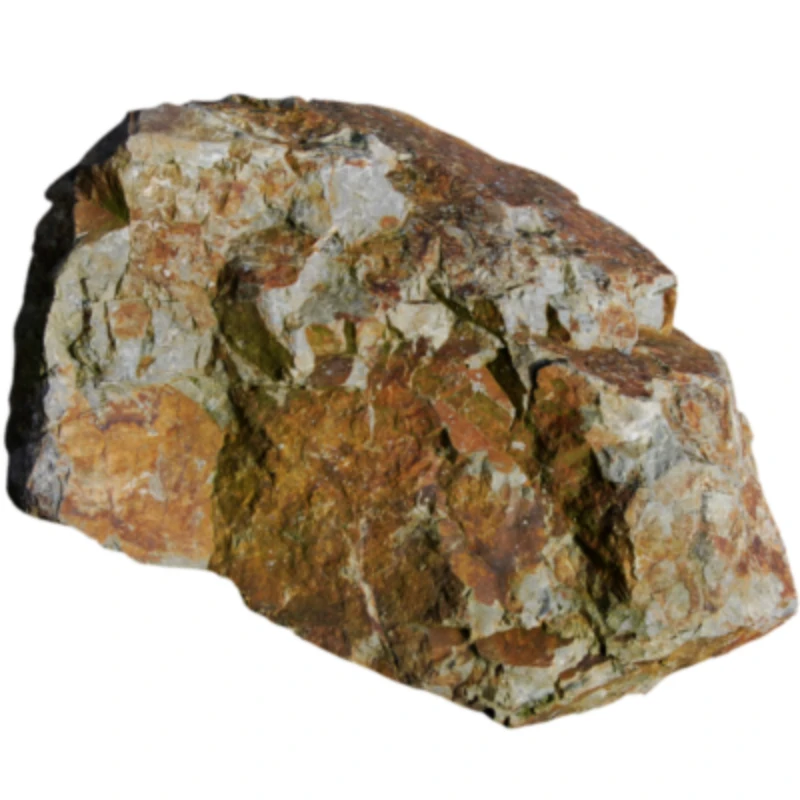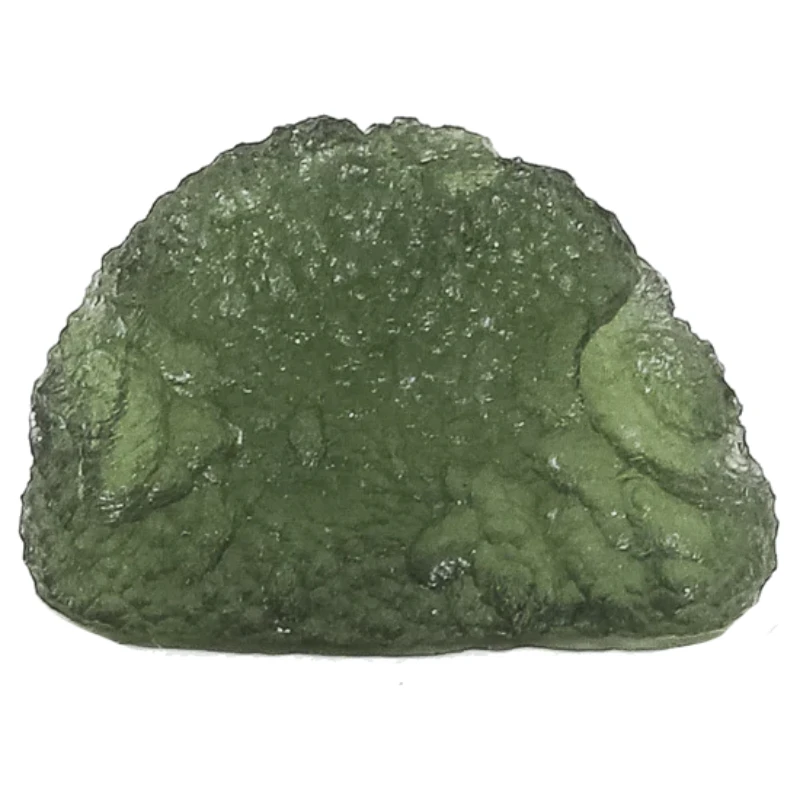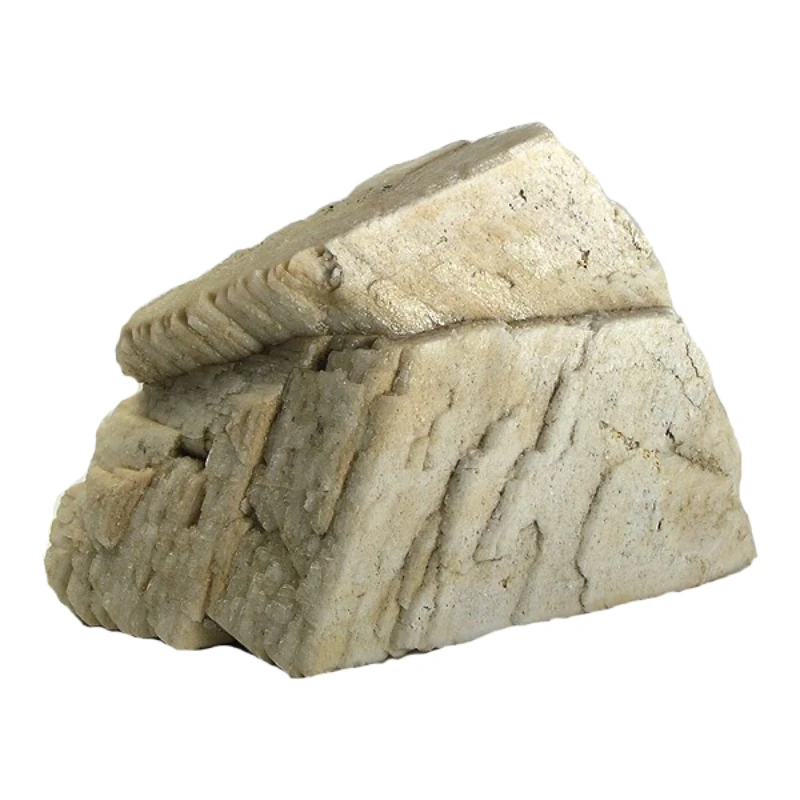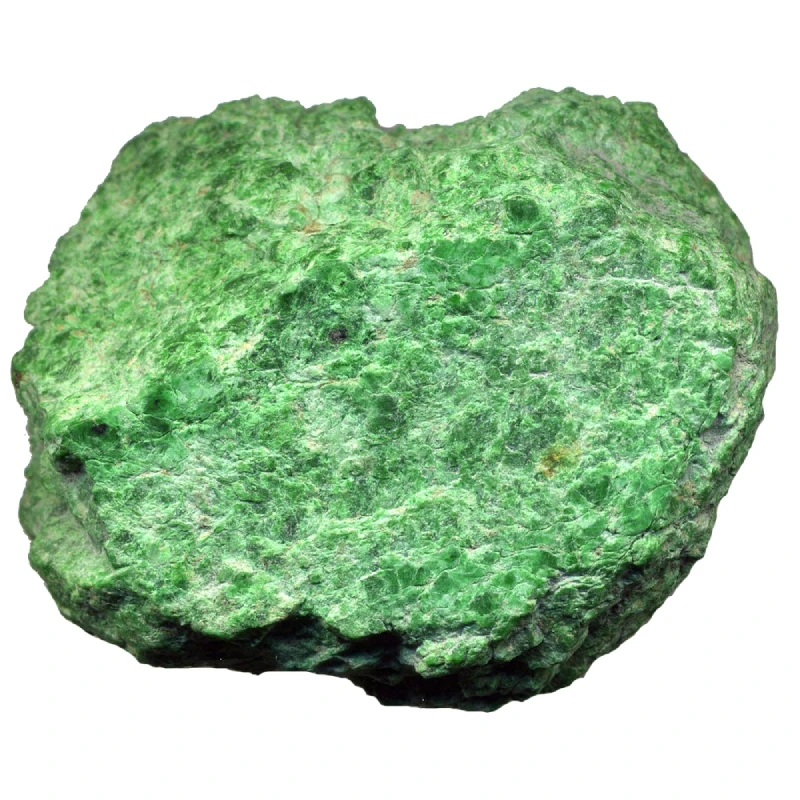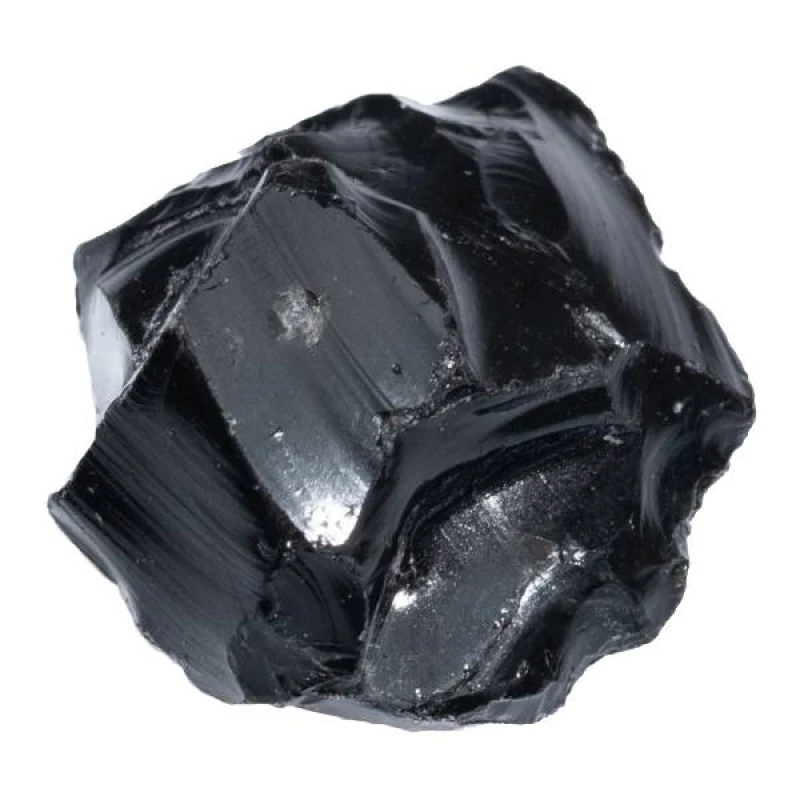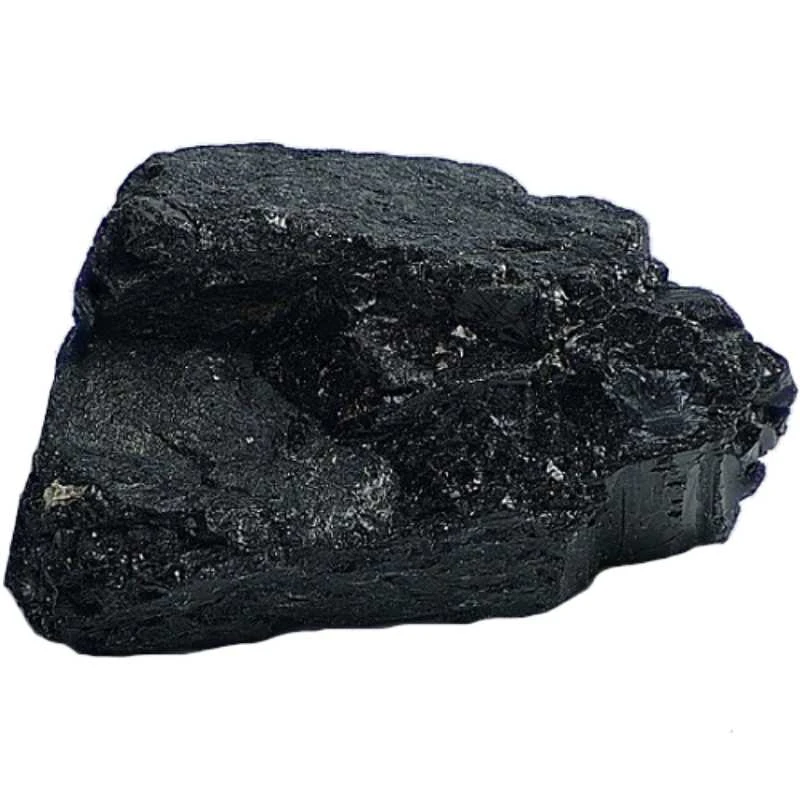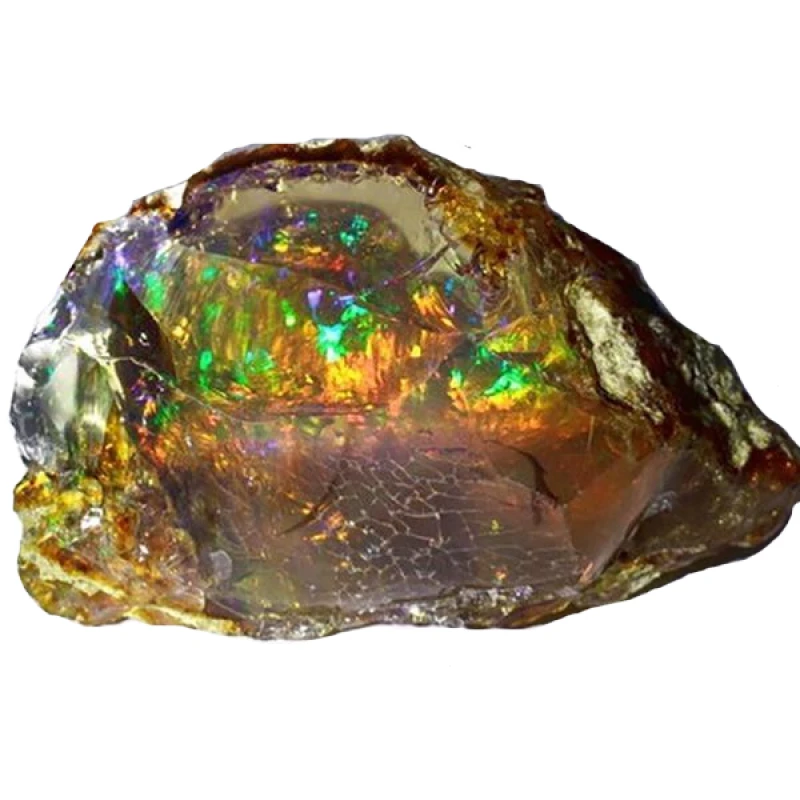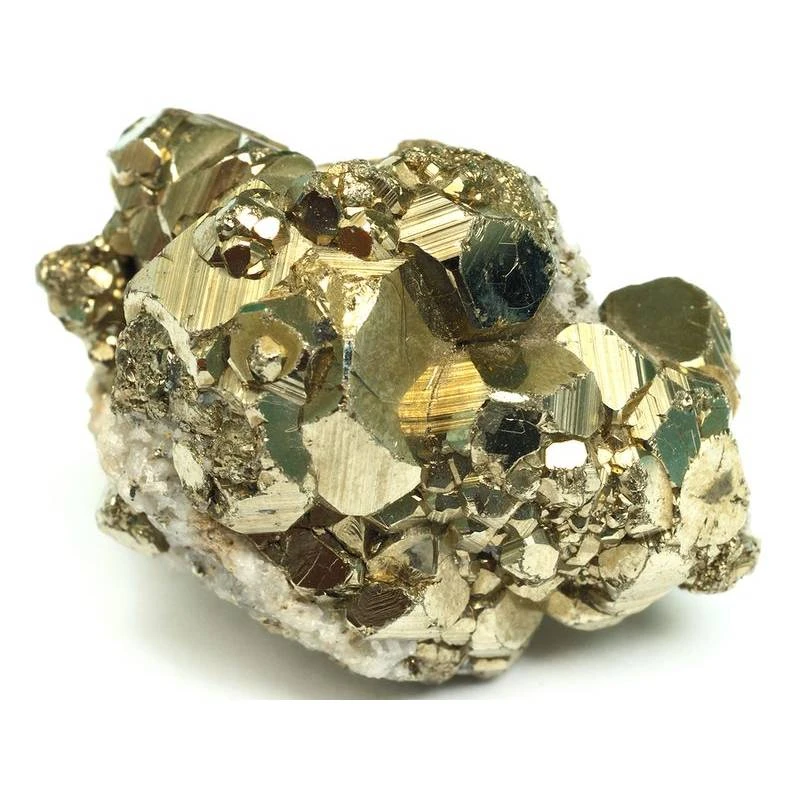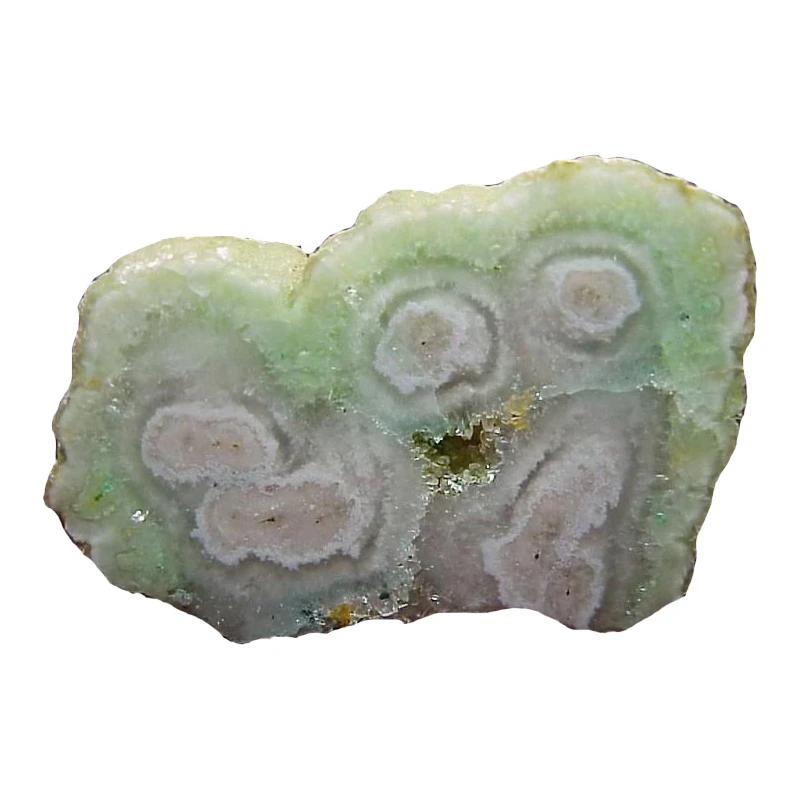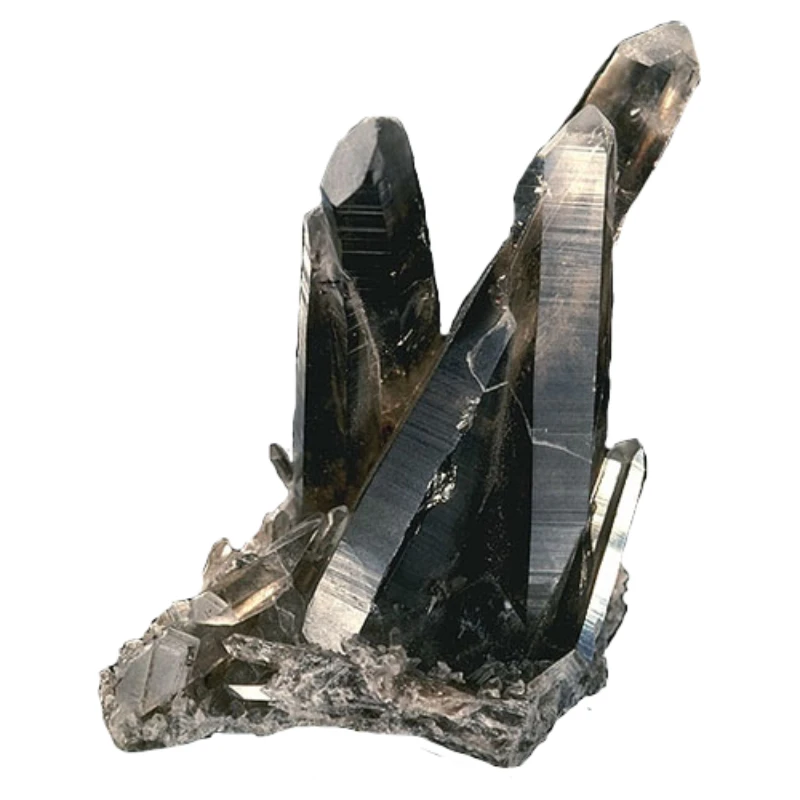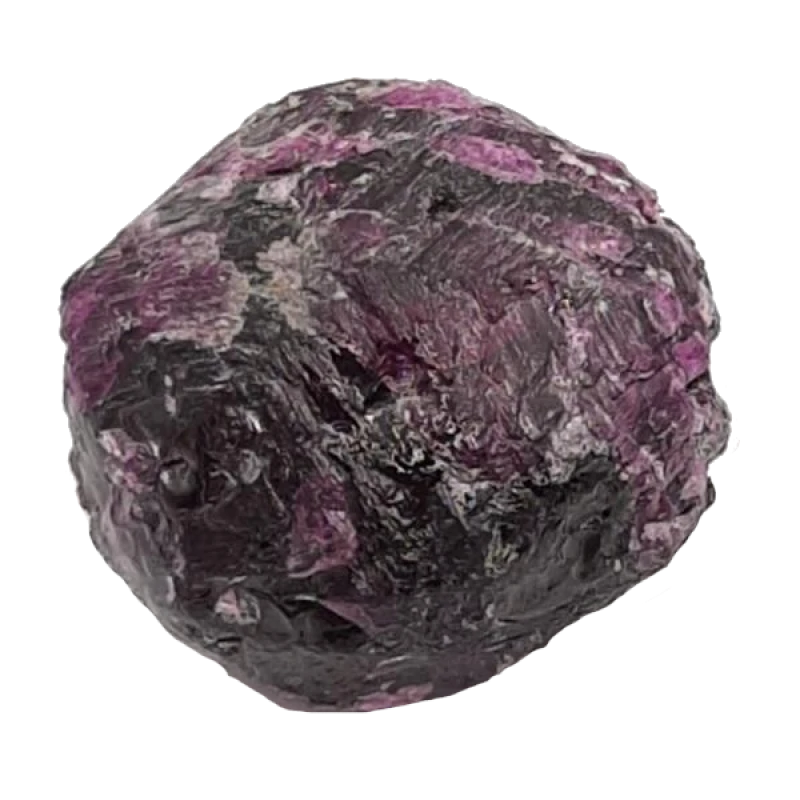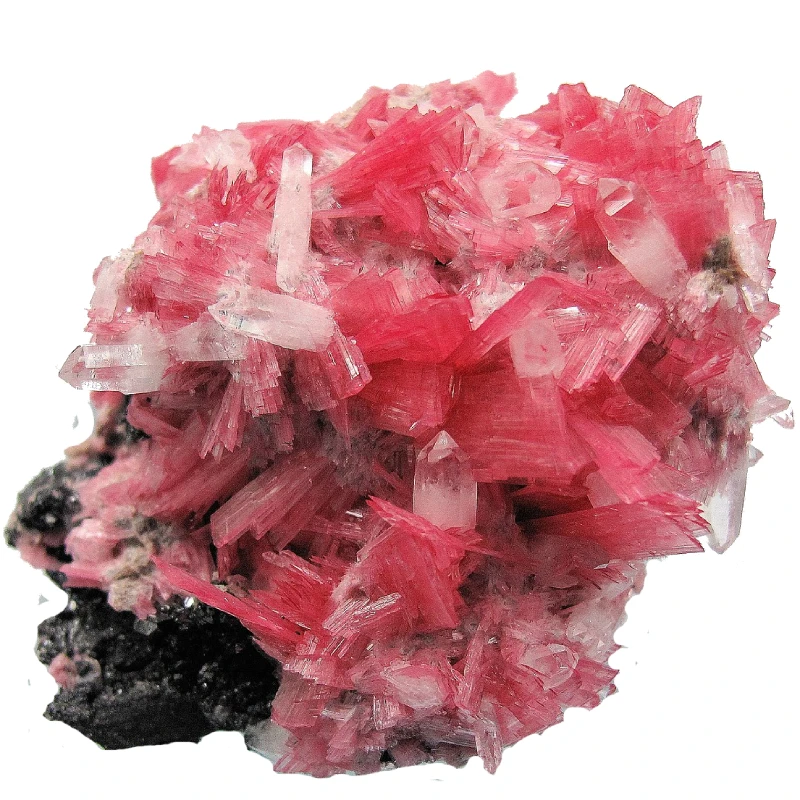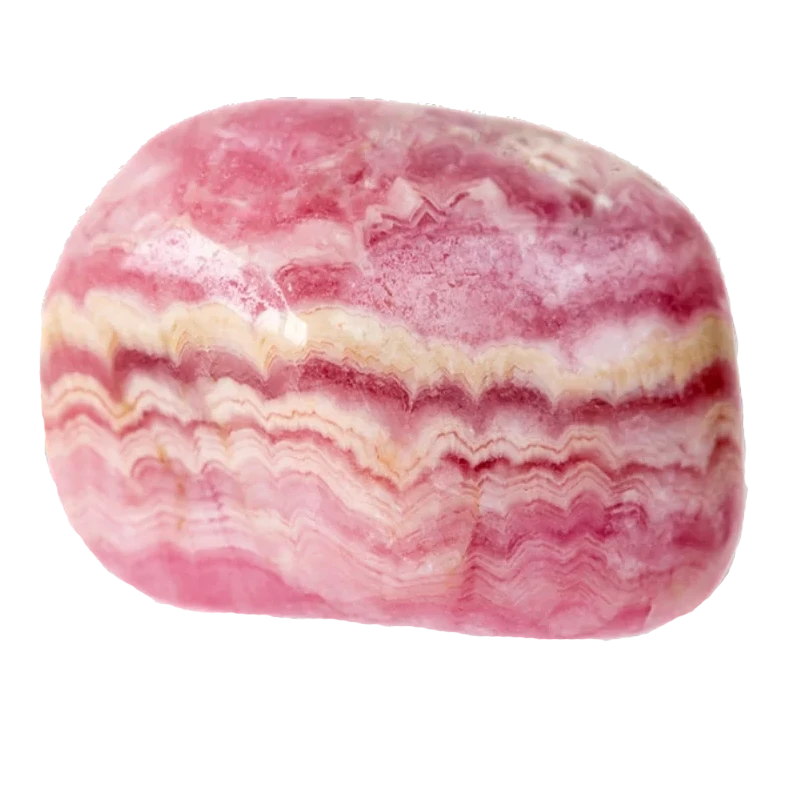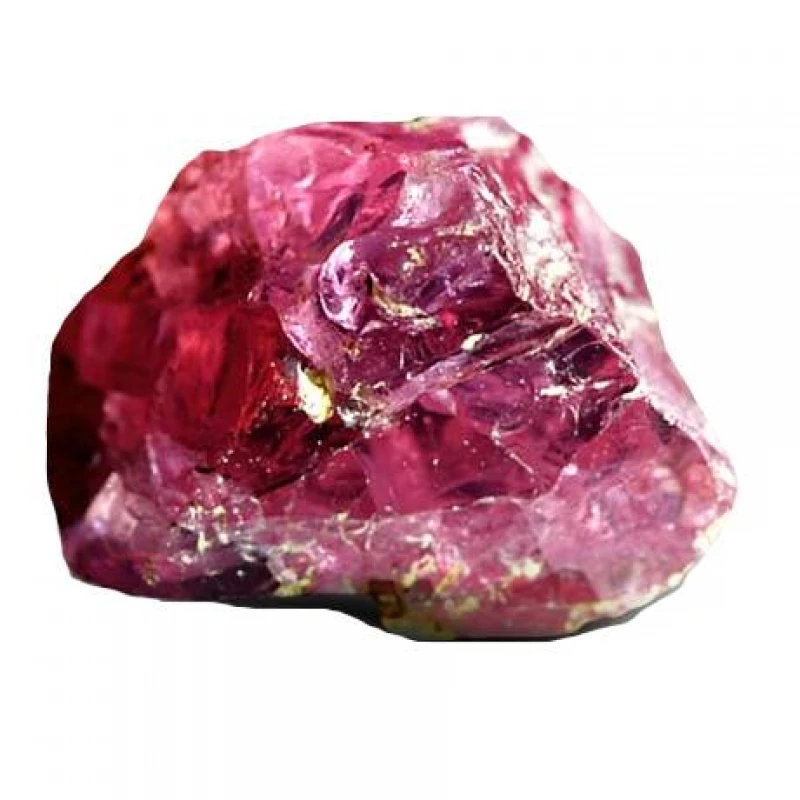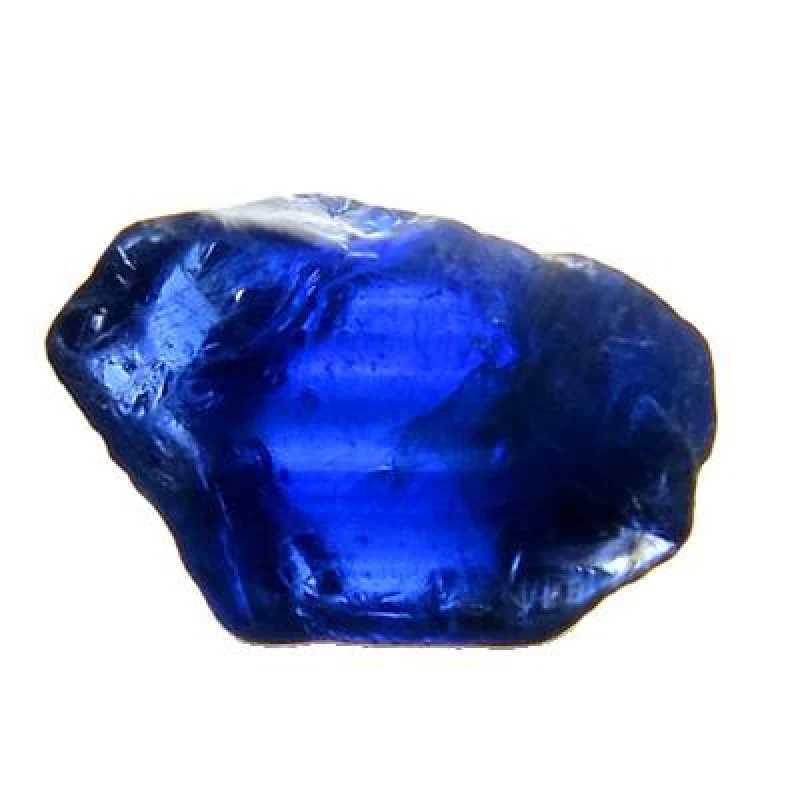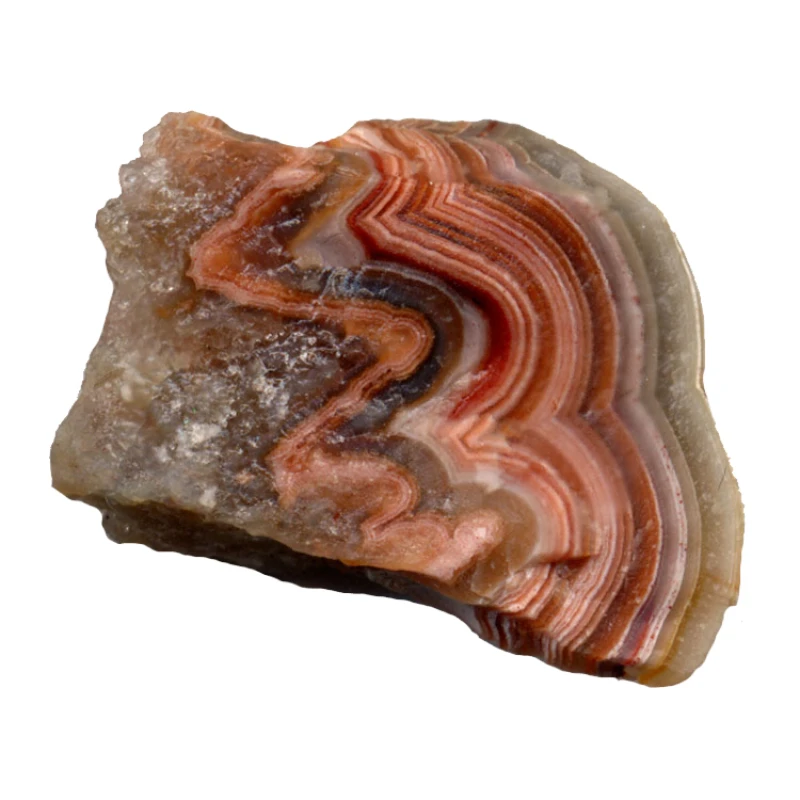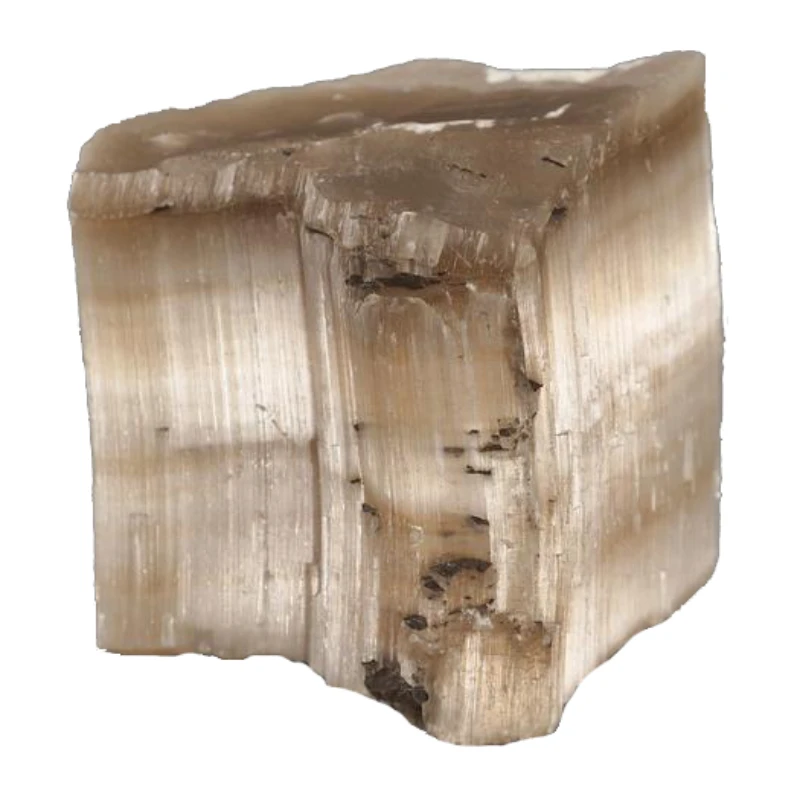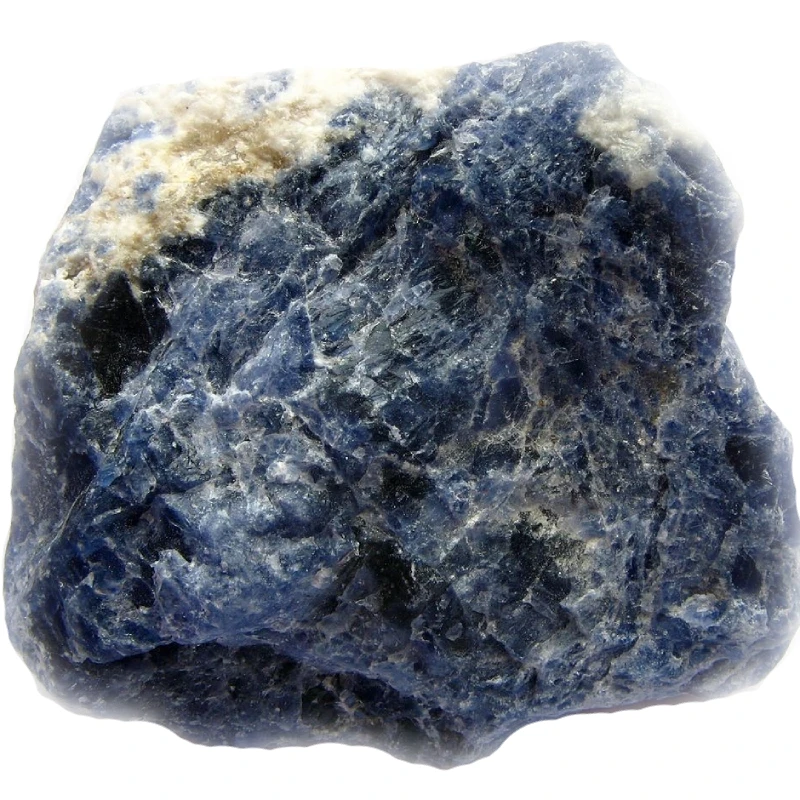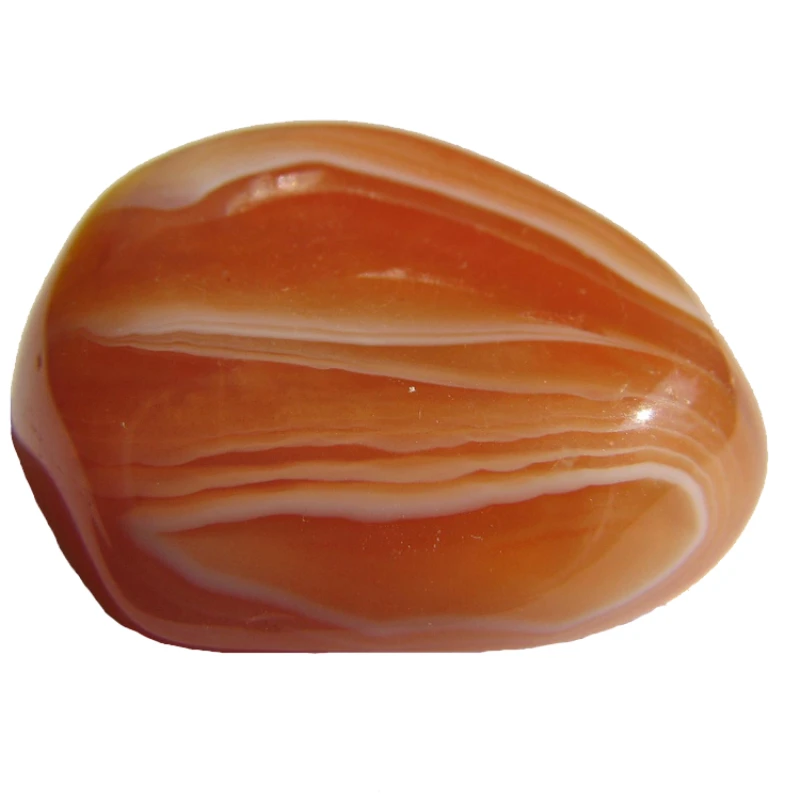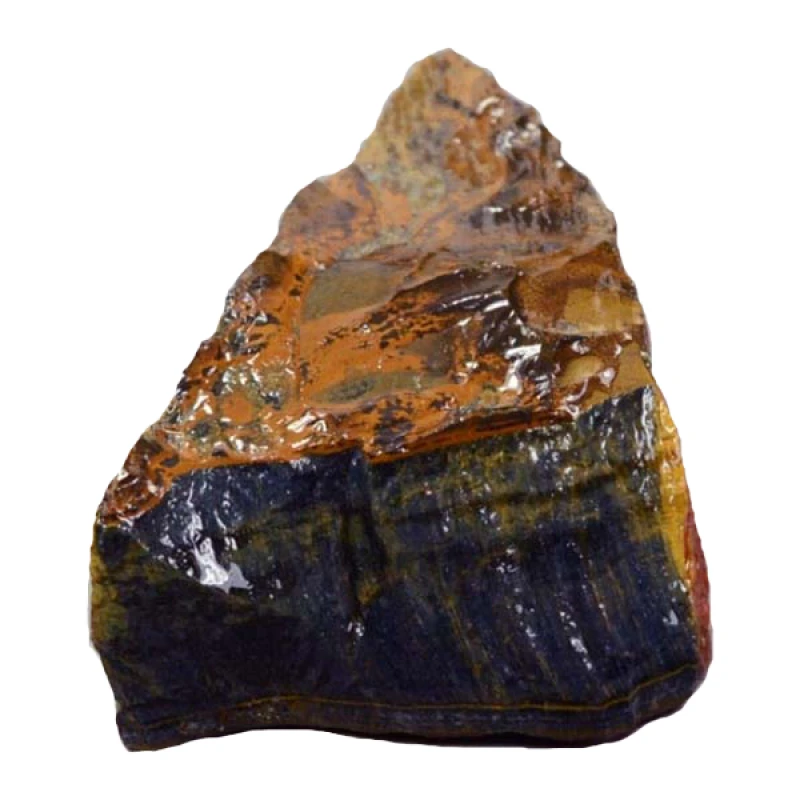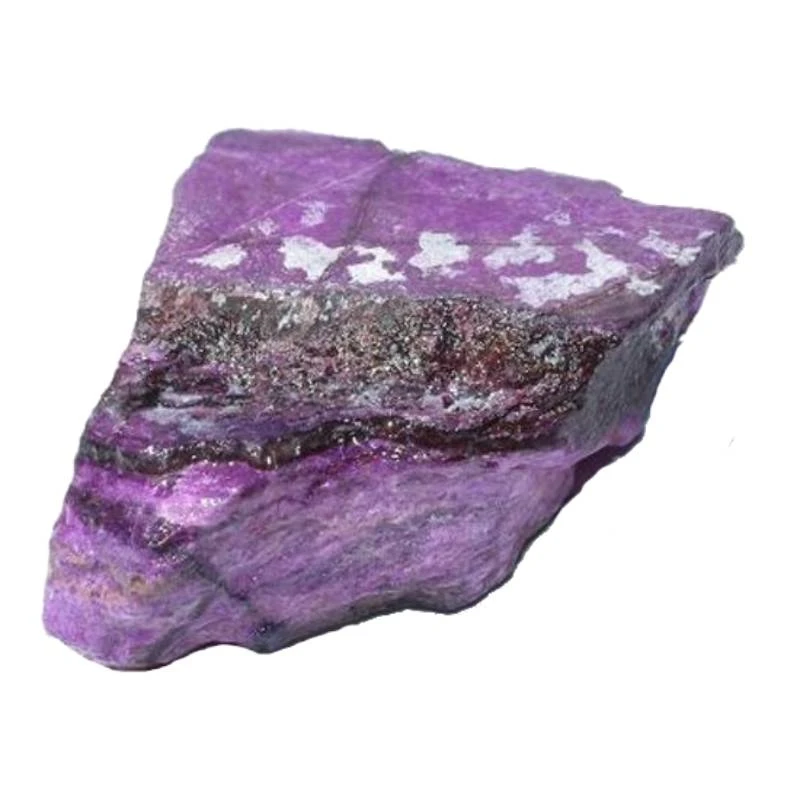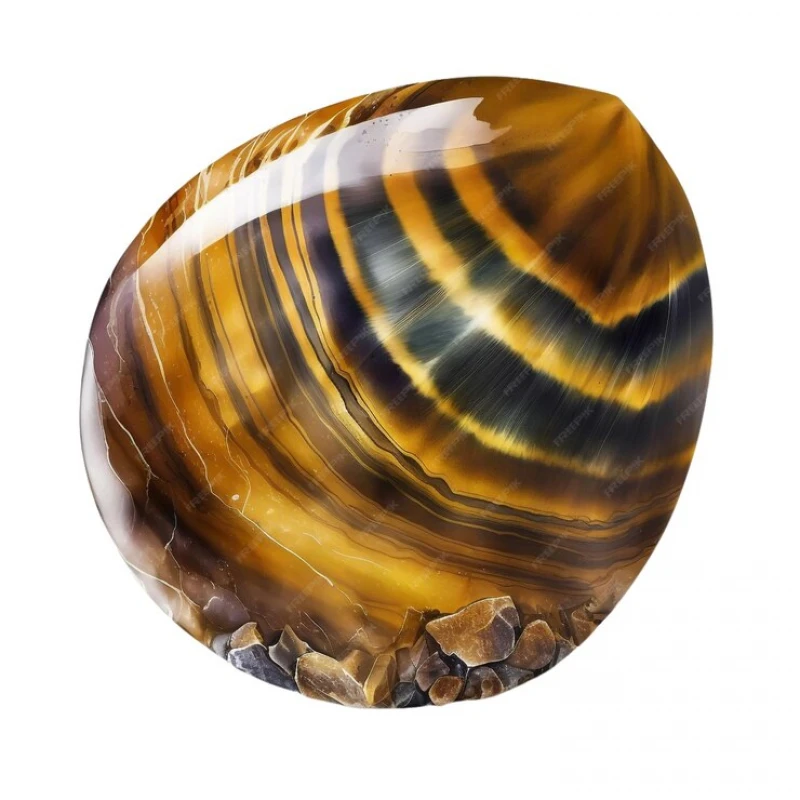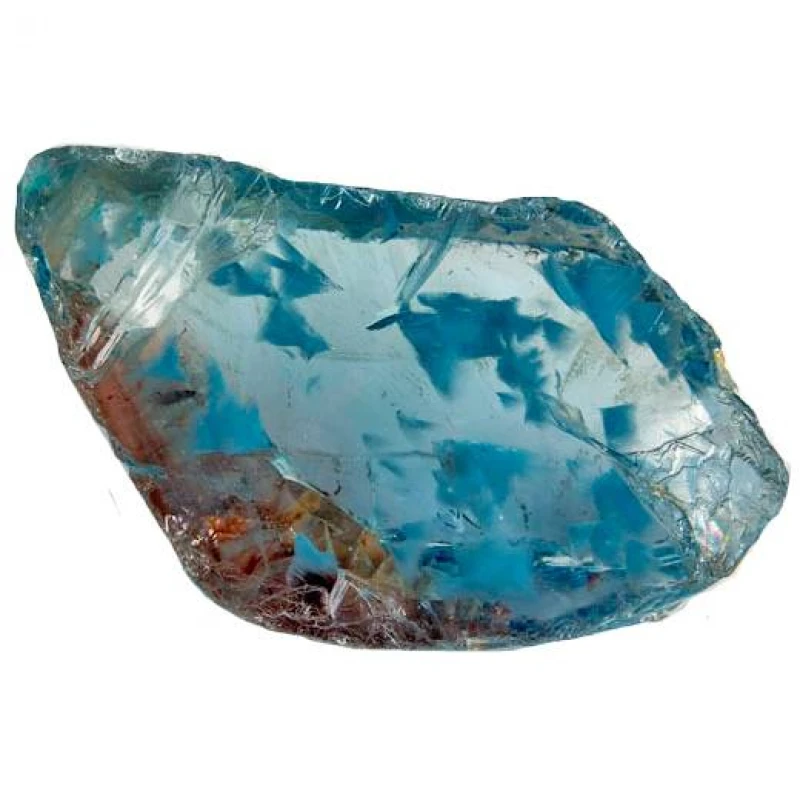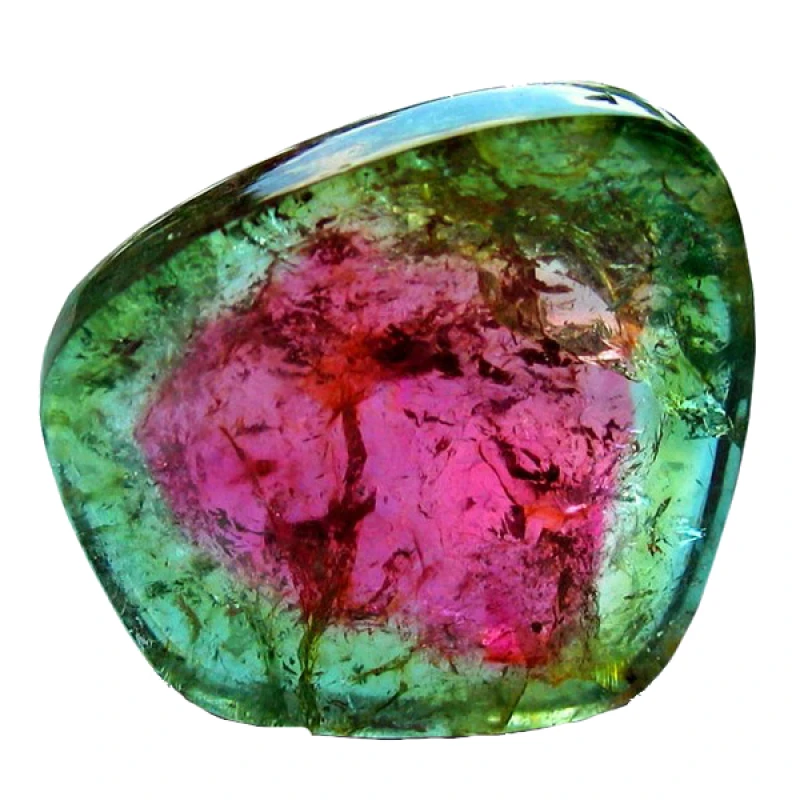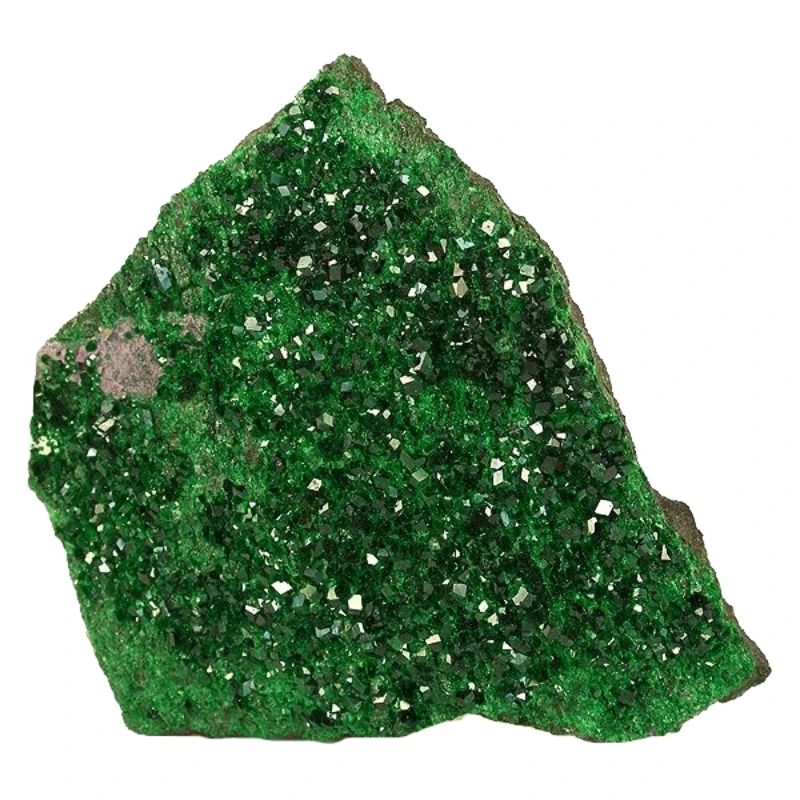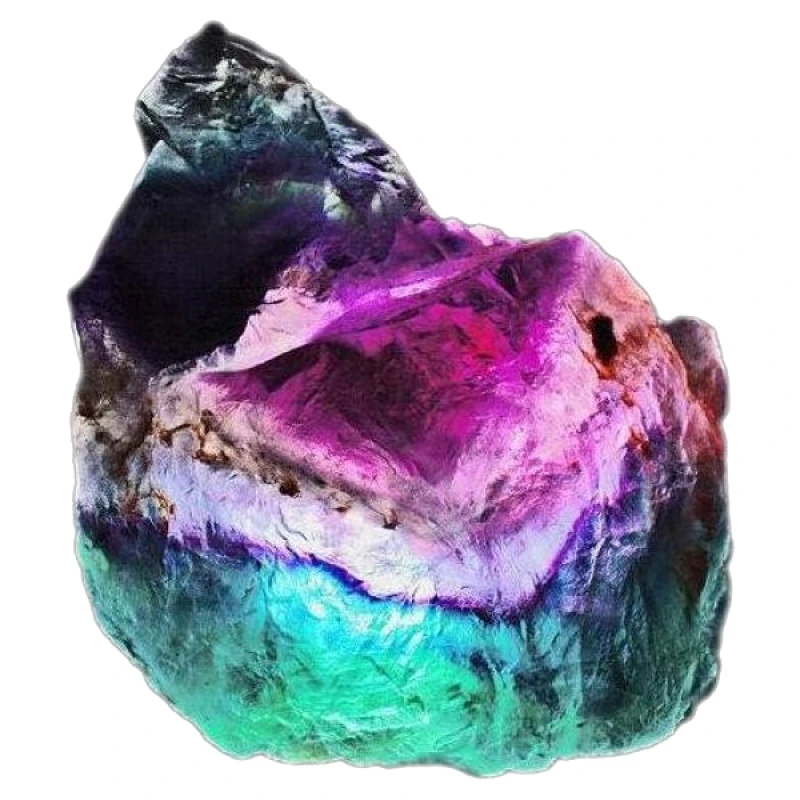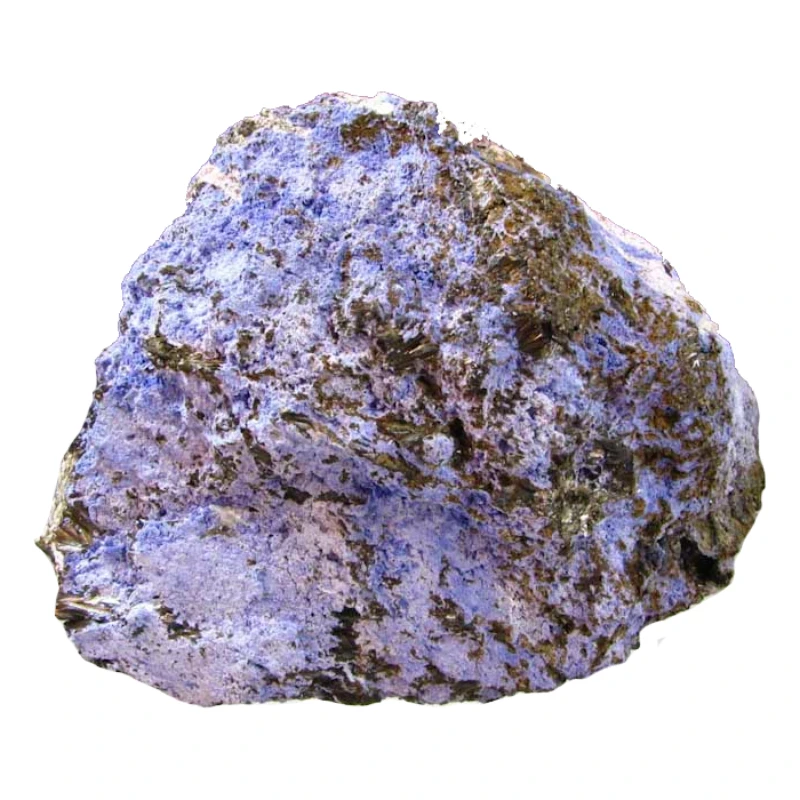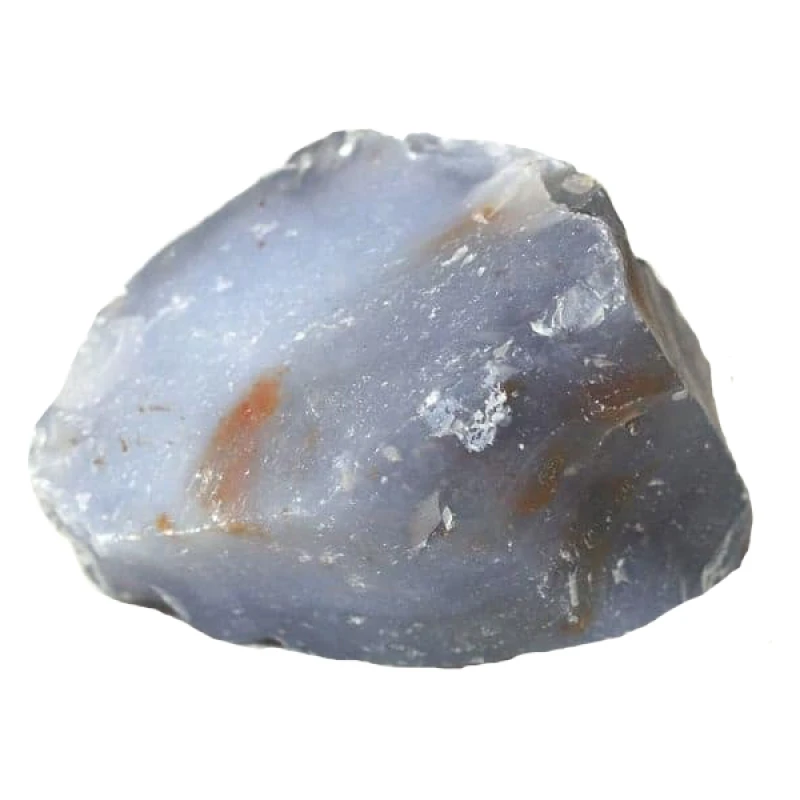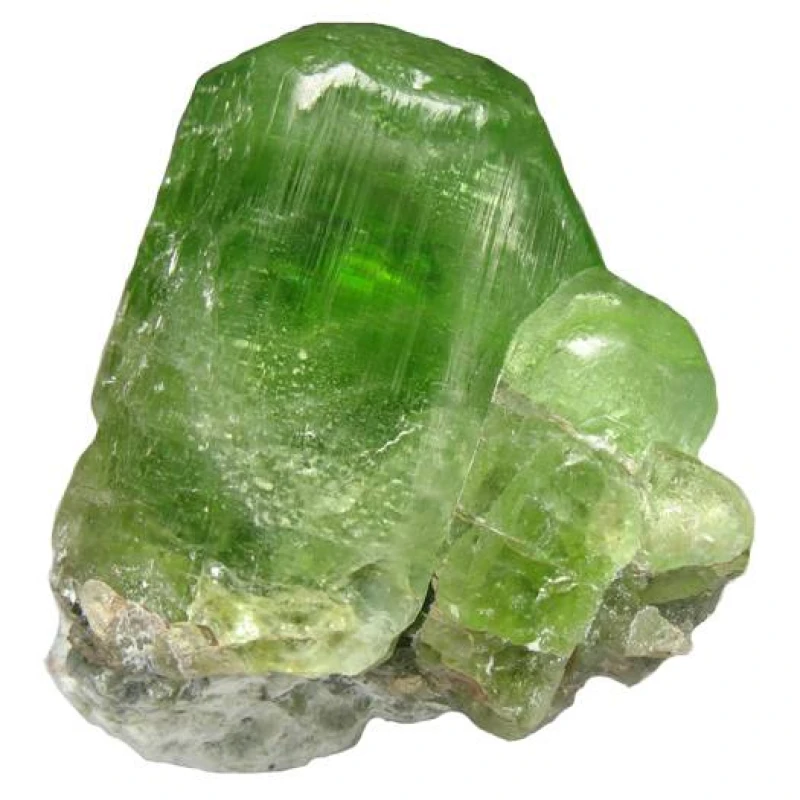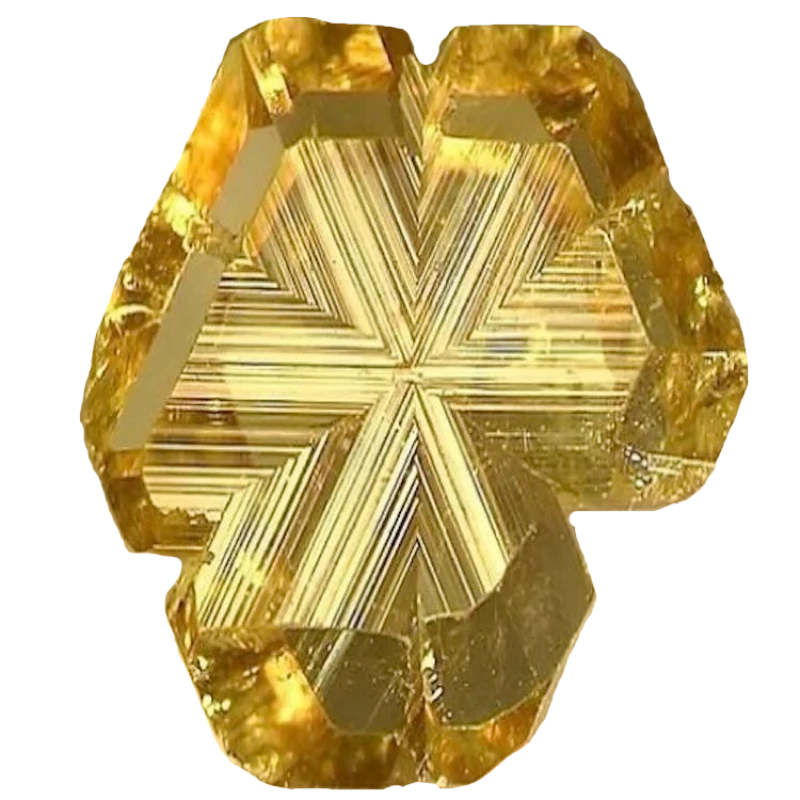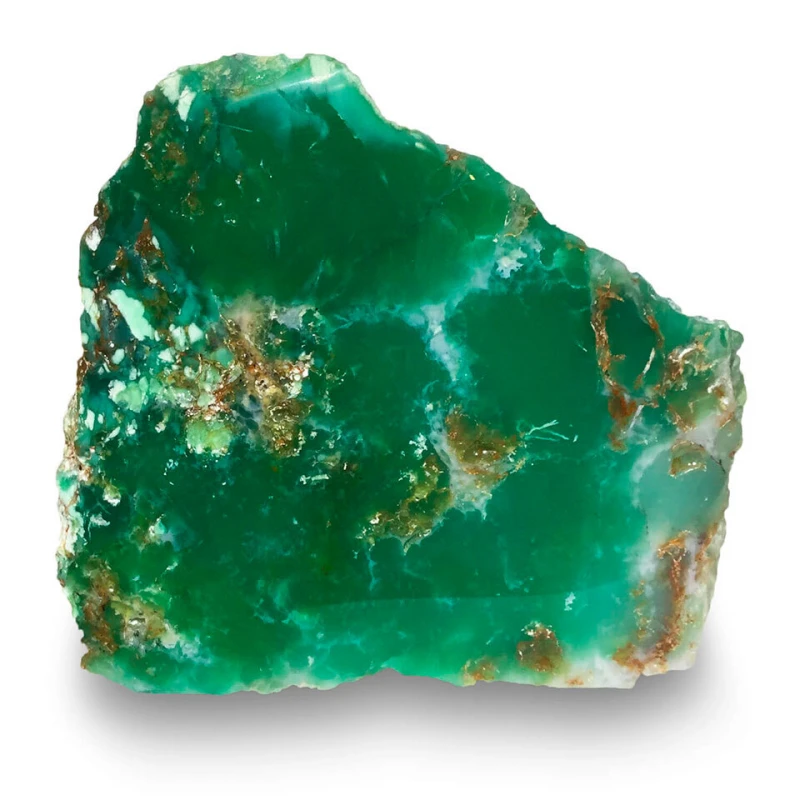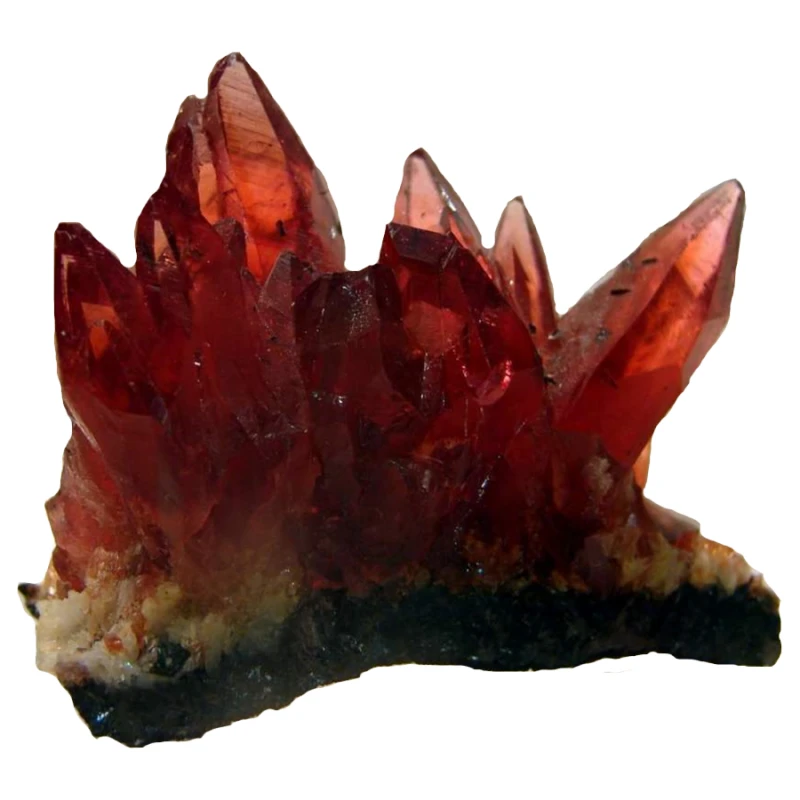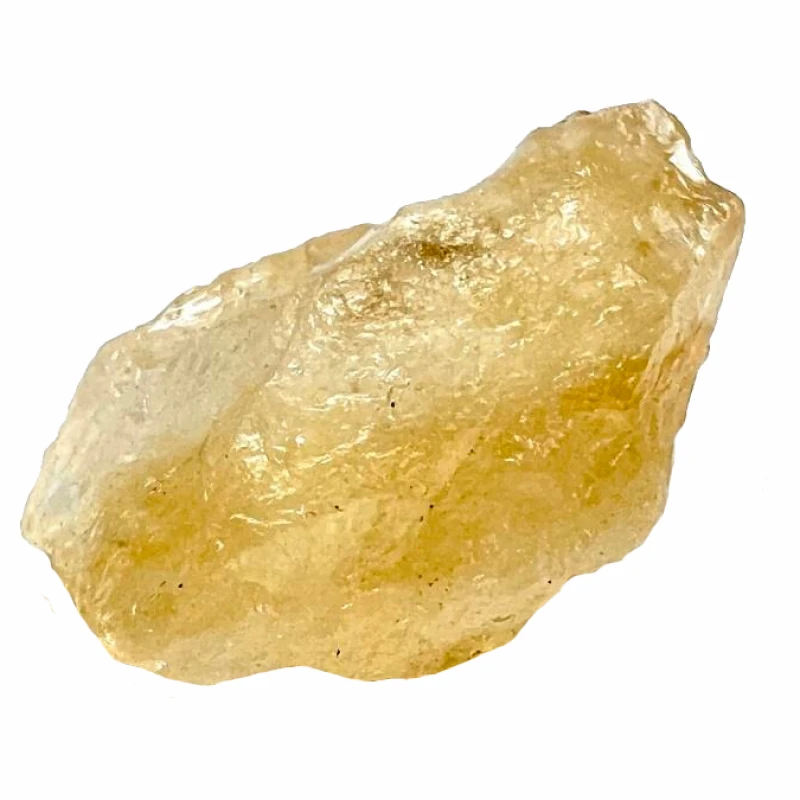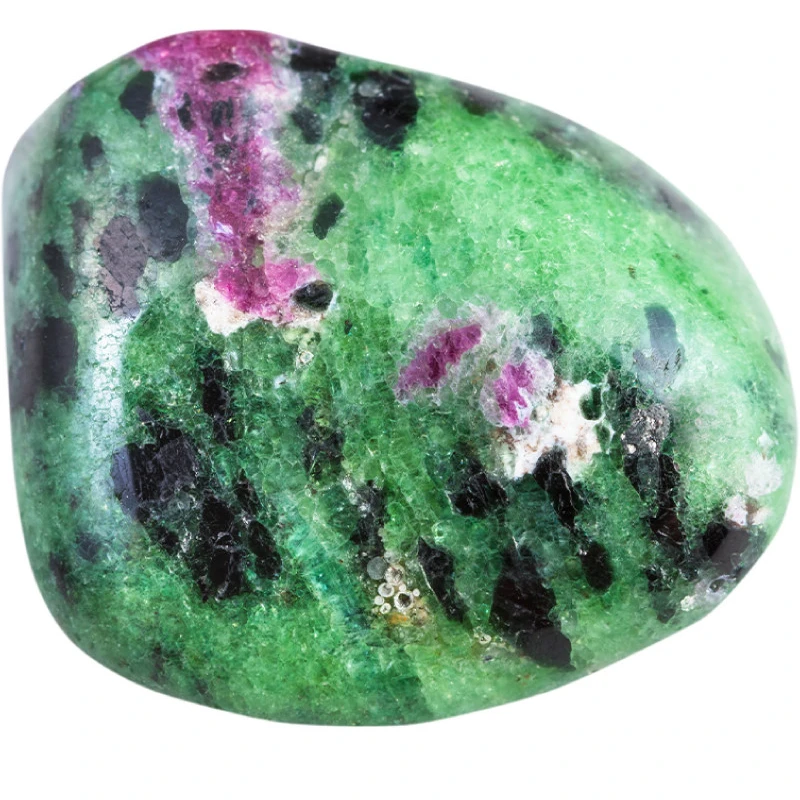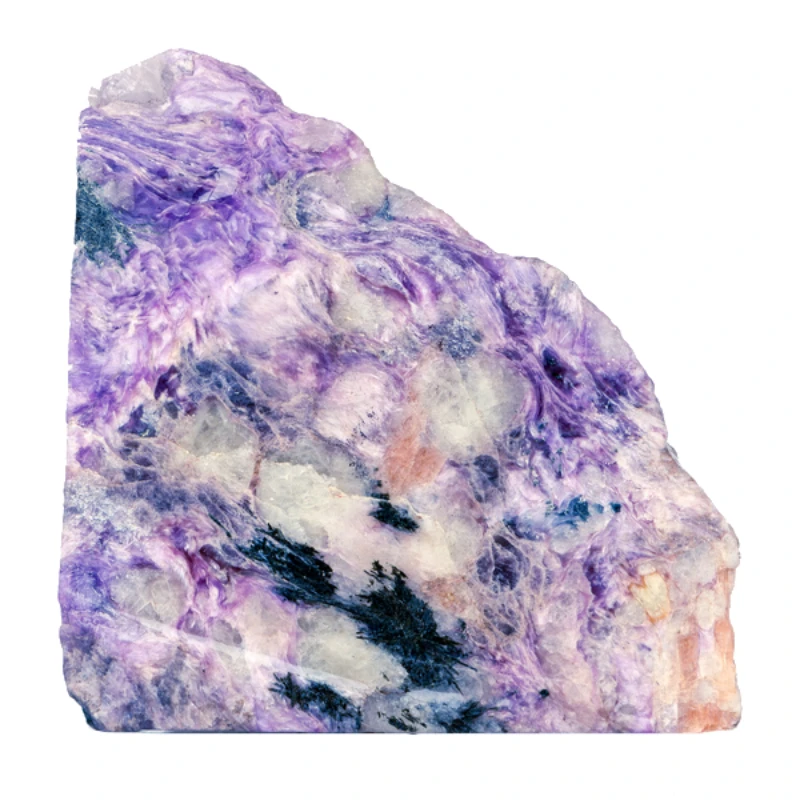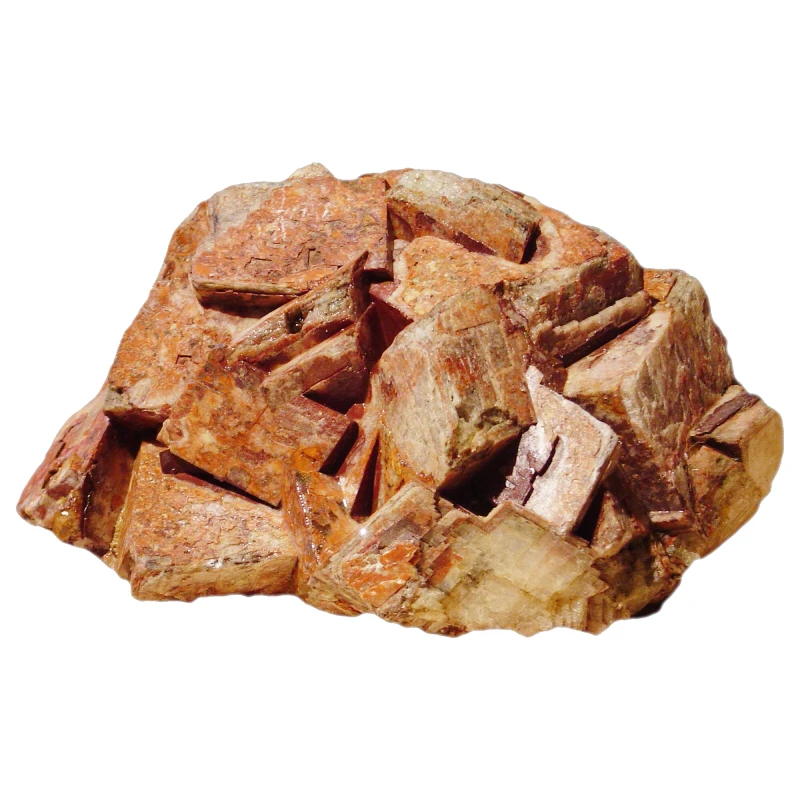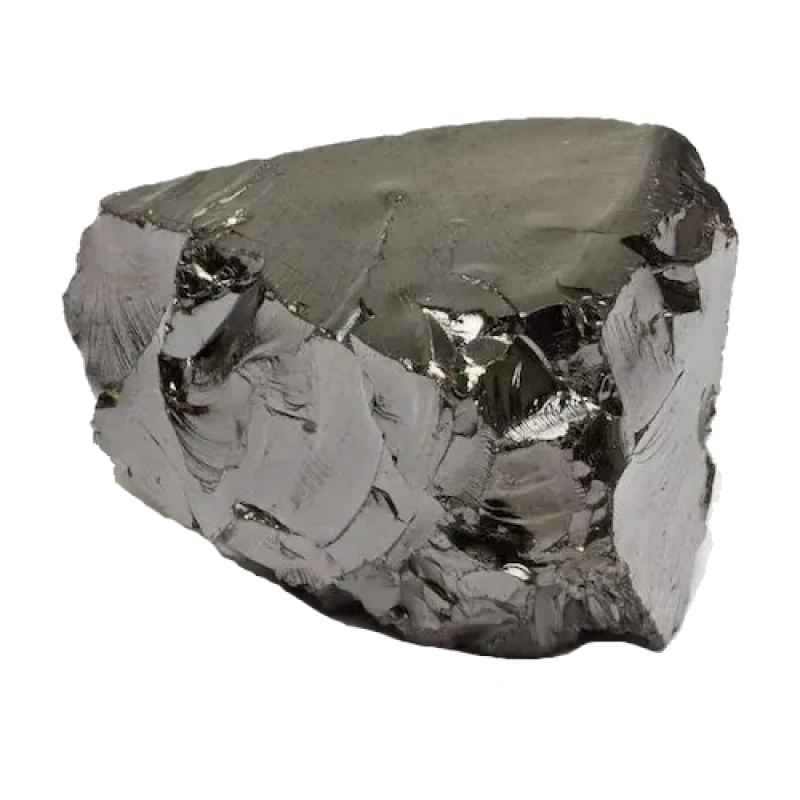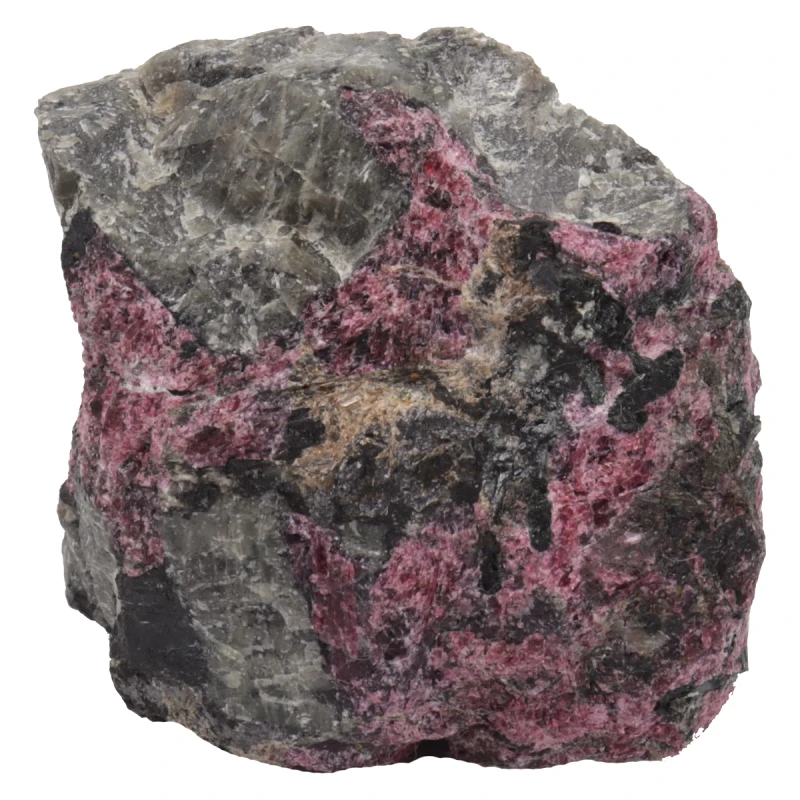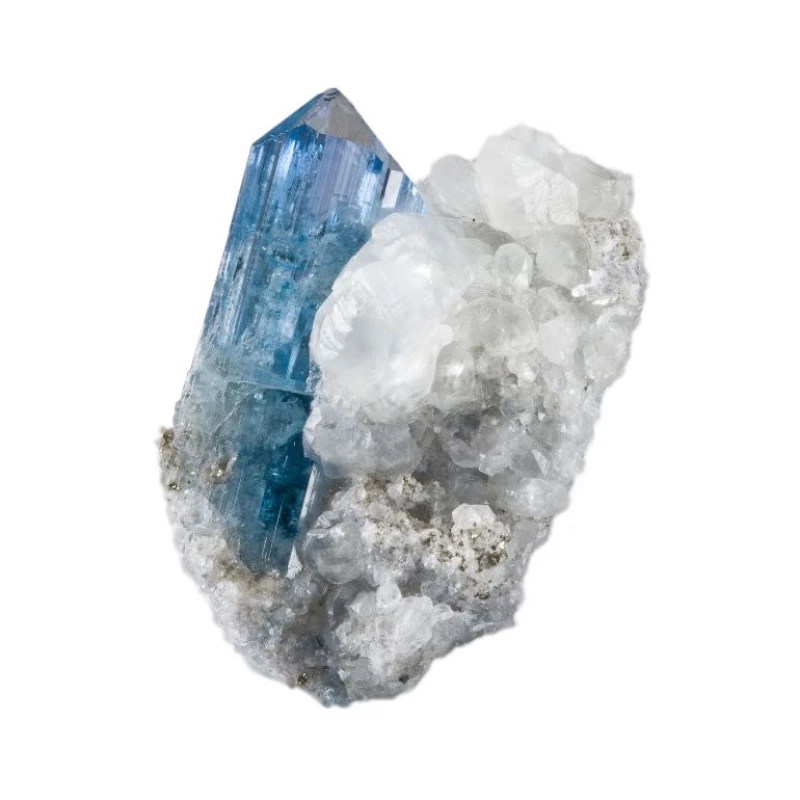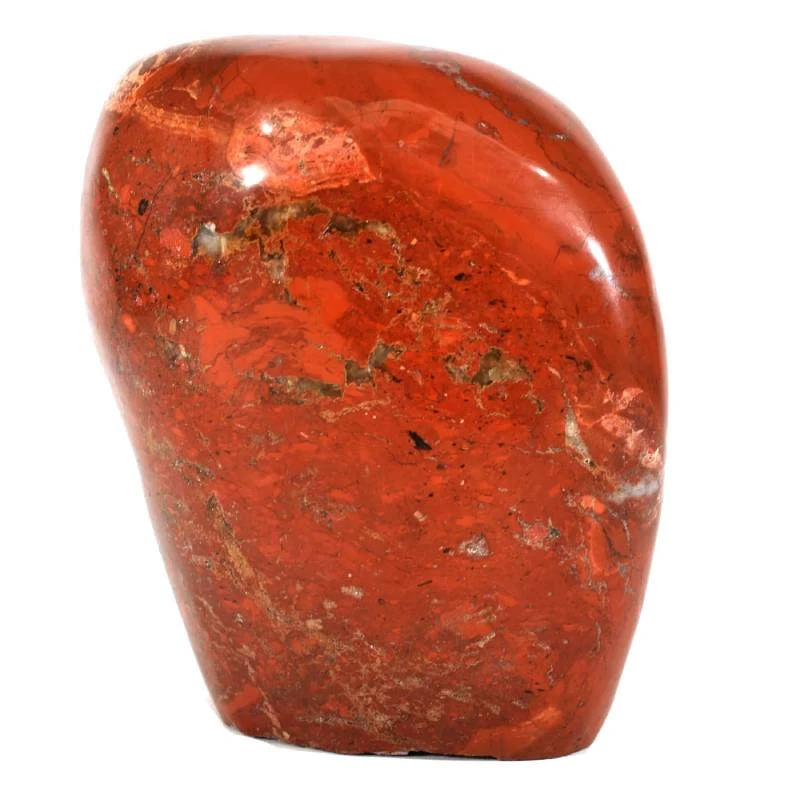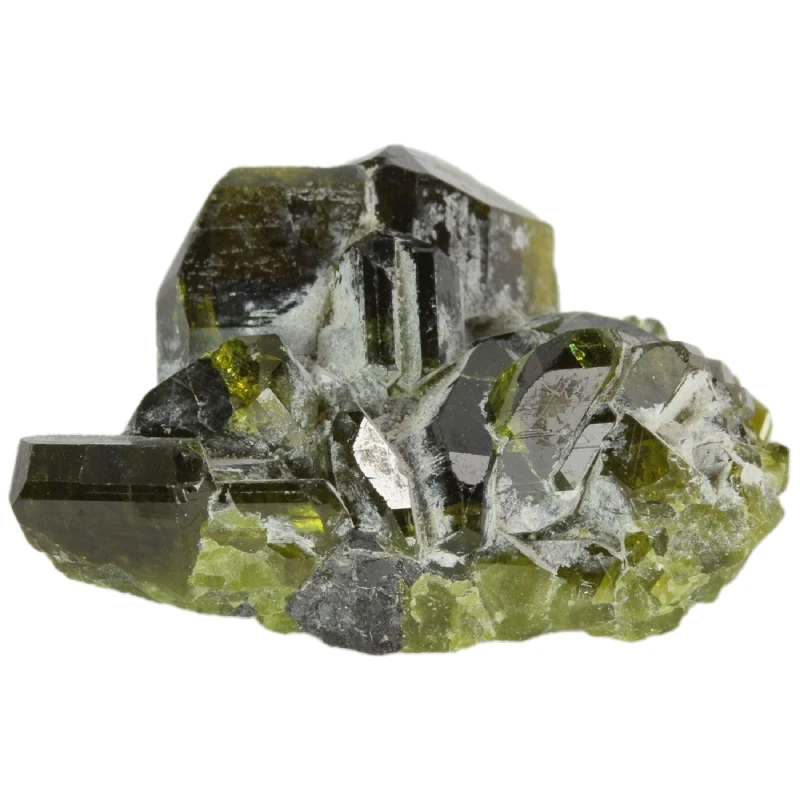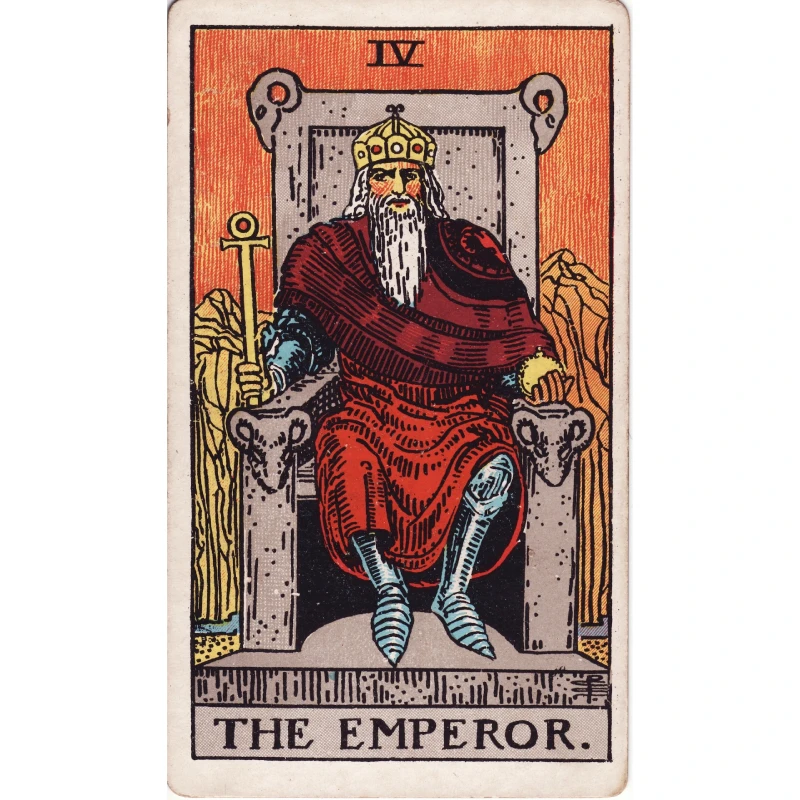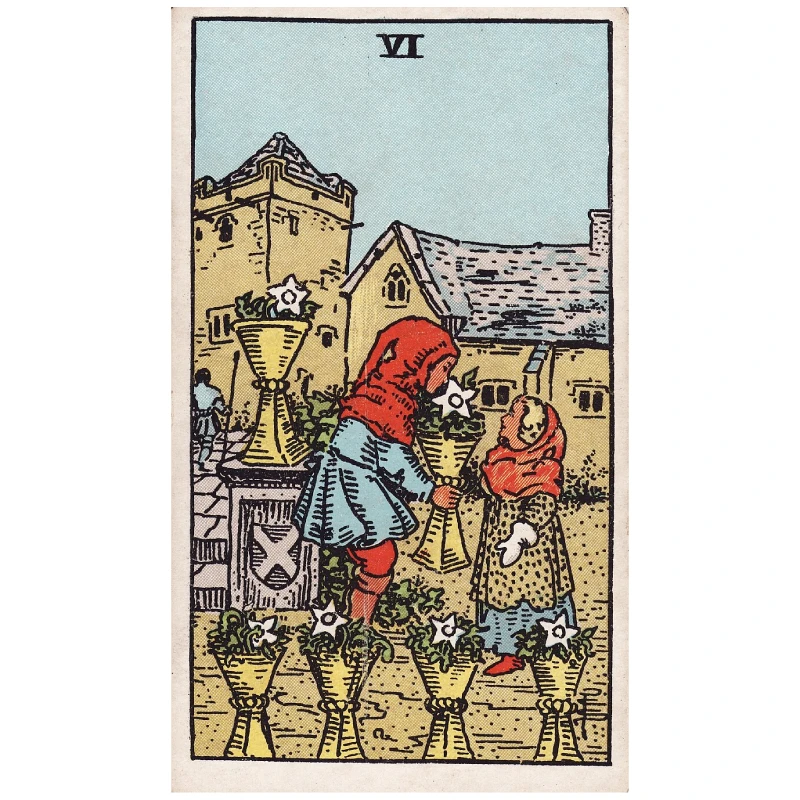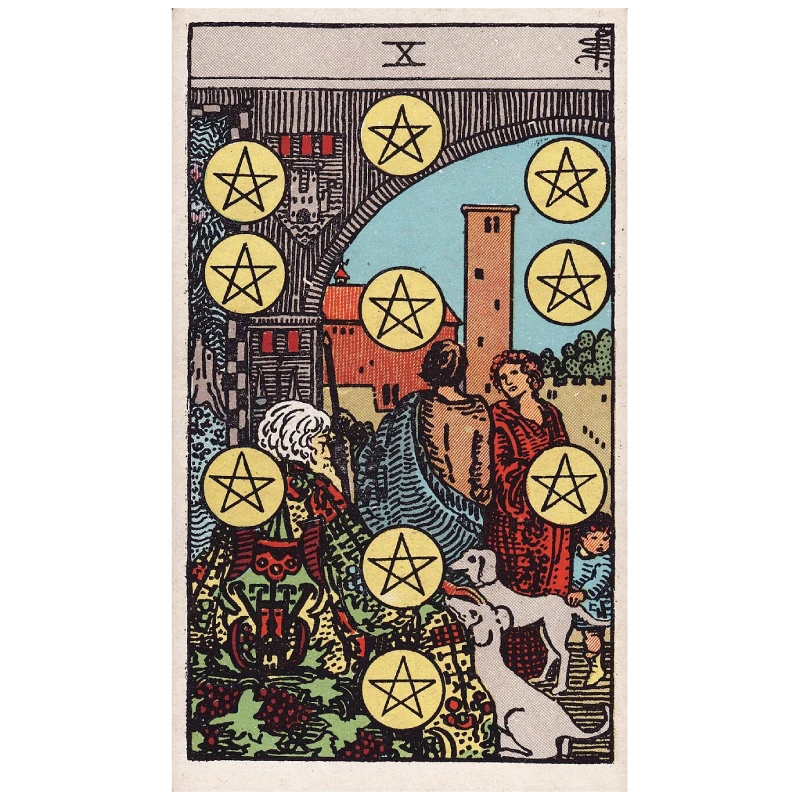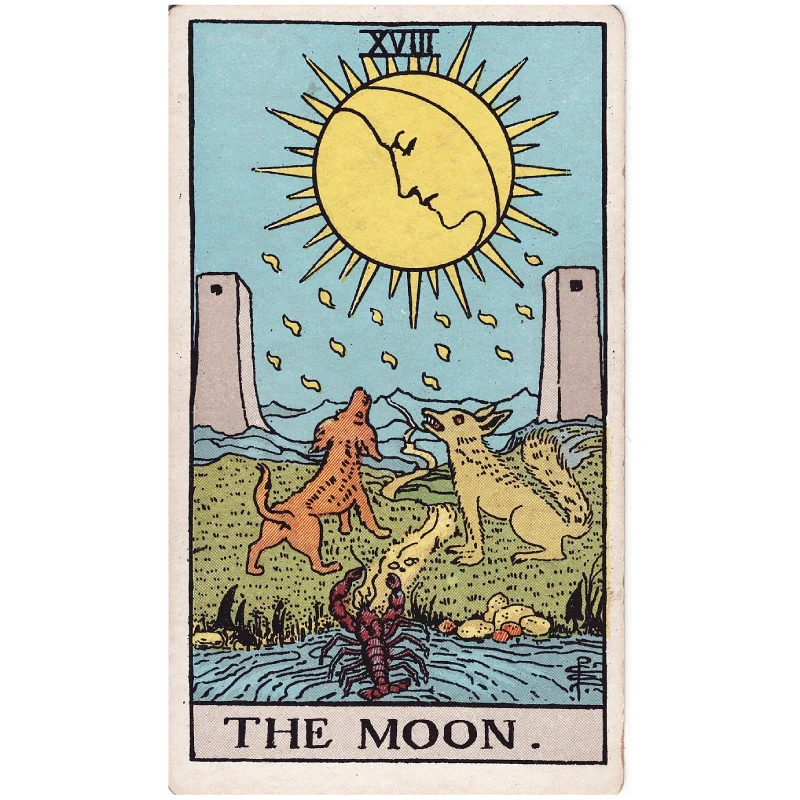Diopside
Stone History
Diopside is a mineral belonging to the pyroxene group, known for its wide range of colors and crystal forms.
It was first described in 1800 by German mineralogist and chemist Johann Wolfgang Döbereiner. The name "diopside" comes from the Greek words di (two) and opsis (sight), referring to its optical and crystallographic properties, which show two different views.
Diopside is commonly found in nature under various geological conditions, occurring in both igneous and metamorphic rocks. Historically, it has been used as a decorative and gemstone mineral, particularly in its “star diopside” variety, which displays asterism due to light-reflecting inclusions.
Zodiac
Diopside is especially associated with the zodiac signs Taurus, Cancer, and Scorpio:
-
Taurus: Diopside helps Taurus natives unlock their creative potential and deepen their emotional connections, promoting harmony and stability in life.
-
Cancer: For sensitive Cancer individuals, diopside supports emotional balance and helps align heart and mind.
-
Scorpio: Diopside serves as a powerful protective amulet for Scorpio, enhancing intuition and supporting personal transformation.
Its energy can also benefit all zodiac signs by promoting emotional clarity and mental well-being.
Element
The element of diopside is Water, representing emotional depth, intuition, and flow. This connection enhances the stone's ability to support emotional healing, adaptability, and spiritual insight.
Planet
Diopside is ruled by the planet Jupiter, which symbolizes expansion, abundance, fortune, and wisdom. Its influence boosts personal growth and opens the mind to new possibilities.
Colors
Diopside occurs in a variety of colors, including:
-
Green – the most common shade, ranging from light to deep forest green
-
Black – especially used in jewelry, known as "black star diopside"
-
Brown – sometimes appears due to mineral inclusions
-
Transparent – rare, occasionally found in light yellow or colorless varieties
These rich and earthy tones make diopside a versatile gemstone for jewelry and ornamental use.
Chakra
Diopside primarily resonates with the Heart Chakra (Anahata), associated with love, compassion, and emotional balance. It also subtly stimulates the Third Eye Chakra (Ajna), enhancing insight and inner guidance.
Magical Properties
Diopside possesses a range of metaphysical properties that make it valuable in esoteric and spiritual work:
-
Emotional healing: Helps release emotional wounds, encourages forgiveness, and restores trust in others.
-
Love enhancement: Strengthens the capacity to love and be loved, fosters compassion, and supports romantic connections.
-
Protection: Acts as a shield against negative influences and harmful energies.
-
Intuition activation: Stimulates the third eye chakra, heightens intuition, and supports psychic insight.
-
Spiritual development: Deepens connection with the Higher Self and enhances meditative practices.
-
Creative inspiration: Boosts creativity, clarity, and inspiration in artistic pursuits.
-
Chakra balancing: Promotes energy flow through the chakras, supporting overall vitality.
Using diopside in meditations, talismans, or rituals amplifies its mystical and healing effects.
Healing Properties
In alternative and holistic healing, diopside is believed to offer multiple health benefits:
-
Vision support: Said to improve eyesight and relieve eye strain from prolonged screen exposure or reading.
-
Stress and anxiety relief: Calms the nervous system, reduces emotional tension, and may help with depression or anxiety disorders.
-
Cardiovascular health: Enhances blood circulation and supports heart function.
-
Immune system support: Strengthens immune defenses, helping the body resist illnesses.
-
Detoxification: Assists in cleansing the body of toxins and waste.
-
Skin health: May help alleviate inflammatory skin conditions such as eczema or psoriasis.
-
Metabolism stimulation: Improves metabolic processes, potentially aiding in weight management.
-
Pain relief: Can help alleviate chronic pain, including headaches and migraines.
Note: Gemstone healing is complementary and should not replace professional medical advice or treatment.
Mining Locations
Diopside is mined in various locations worldwide. Major sources include:
-
Russia – especially in the Ural Mountains, Sakhalin, and Zabaykalsky Krai
-
Italy – particularly in the Val di Fassa and other alpine regions
-
China – including Yunnan Province
-
USA – deposits found in Montana and North Carolina
-
Canada – especially in British Columbia and Quebec
-
Australia – smaller deposits are also found here
Diopside occurs in both transparent and opaque forms and may be found as individual crystals or within mineral clusters.
Other articles in this section
